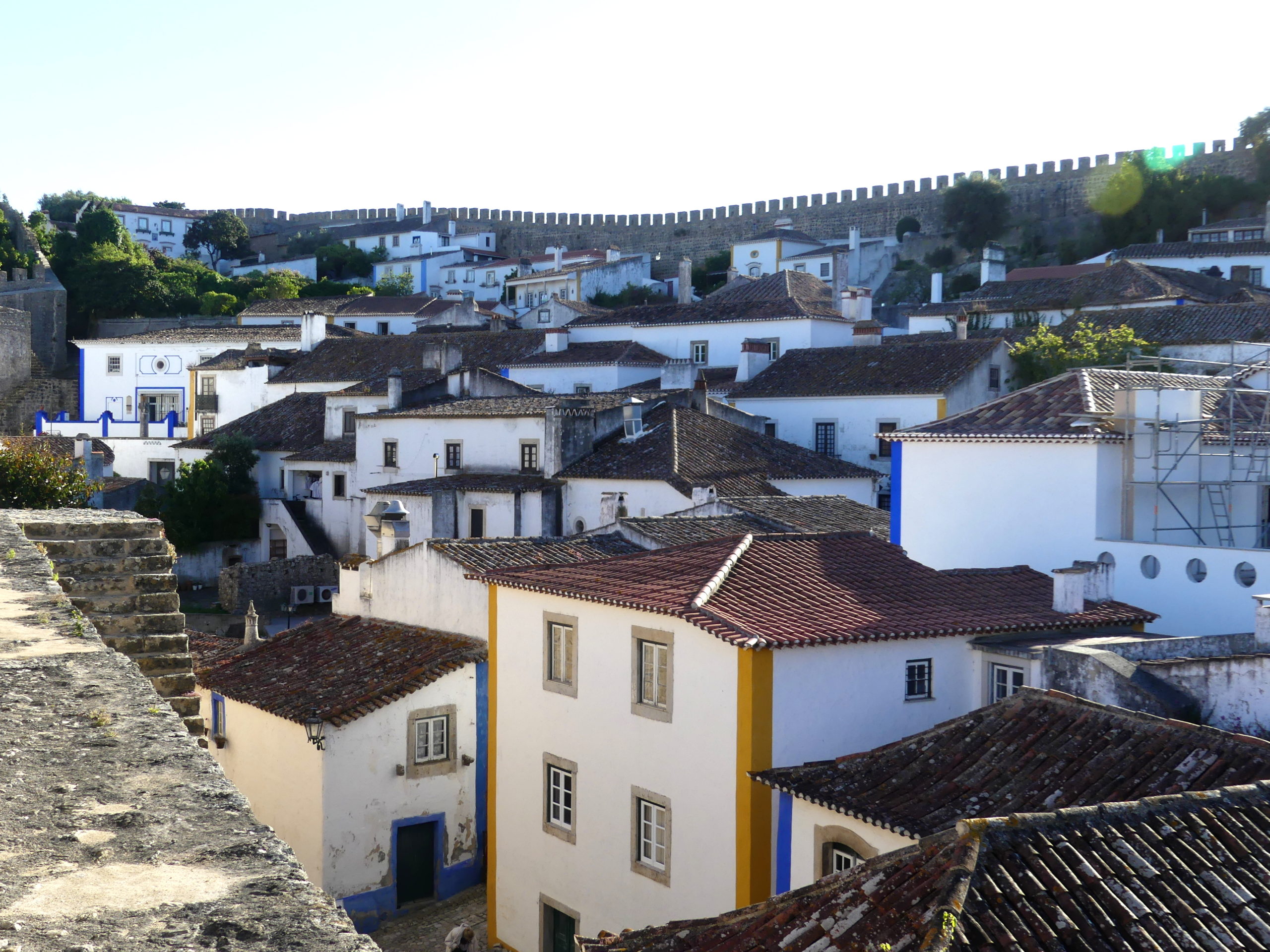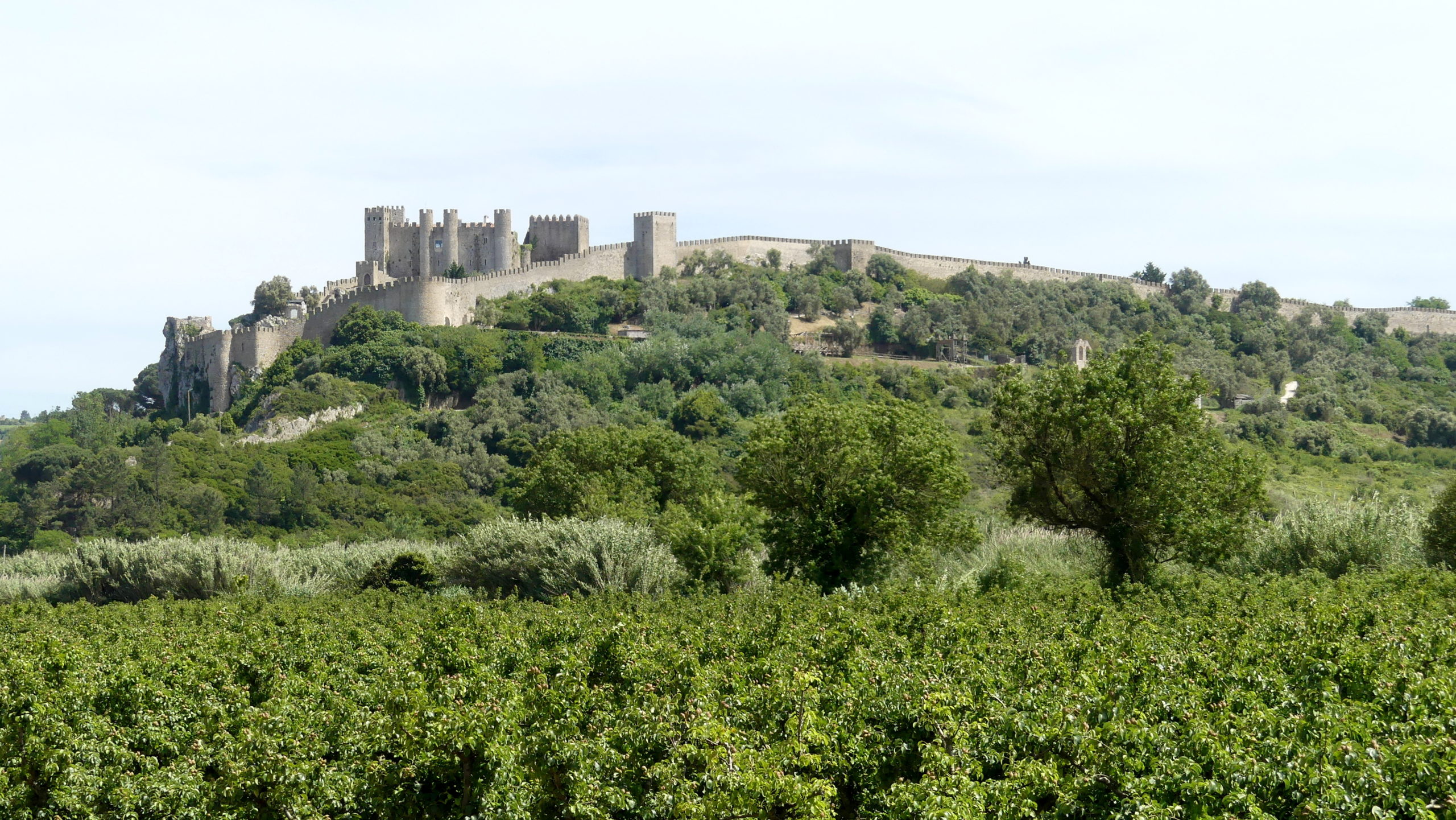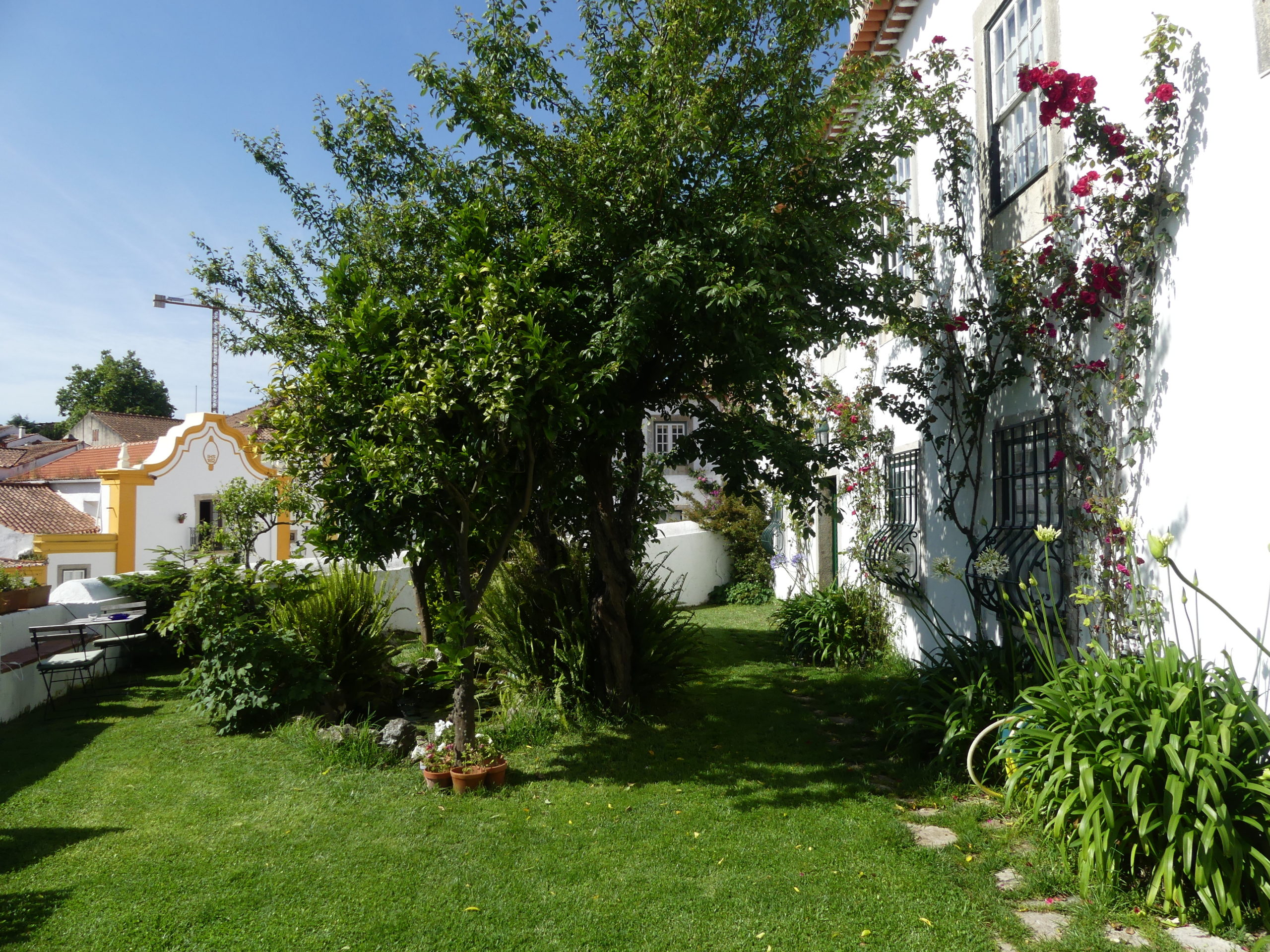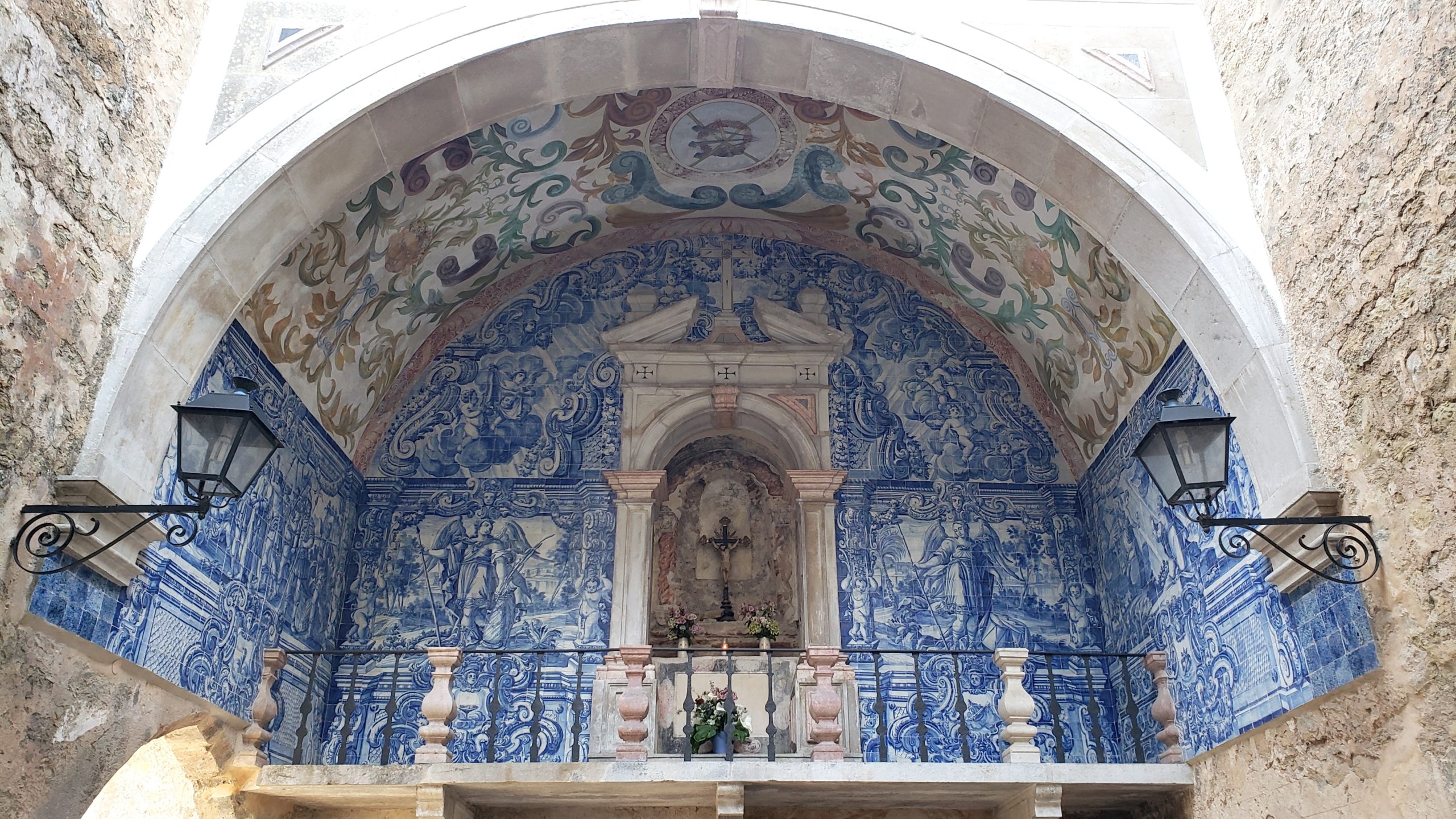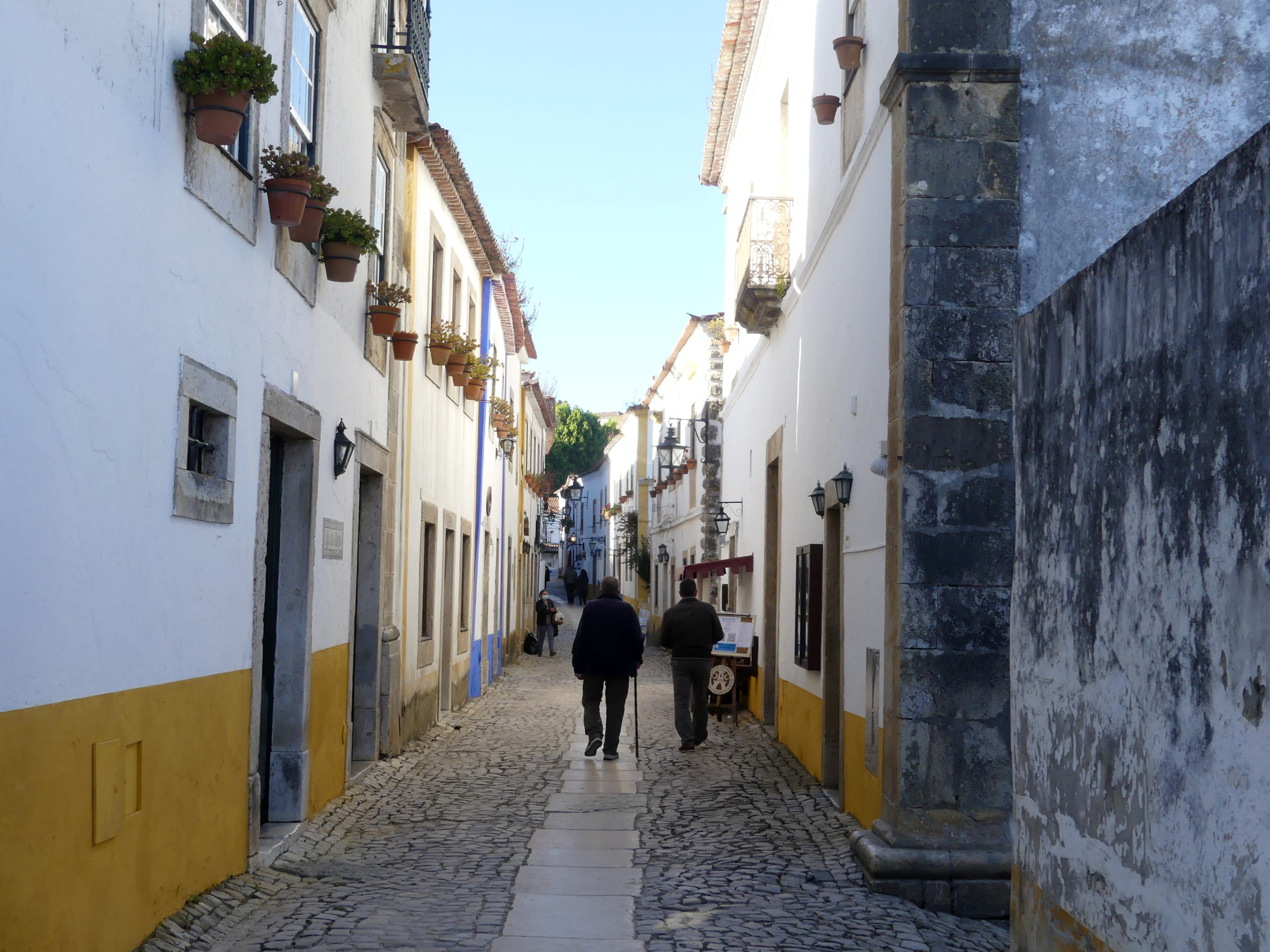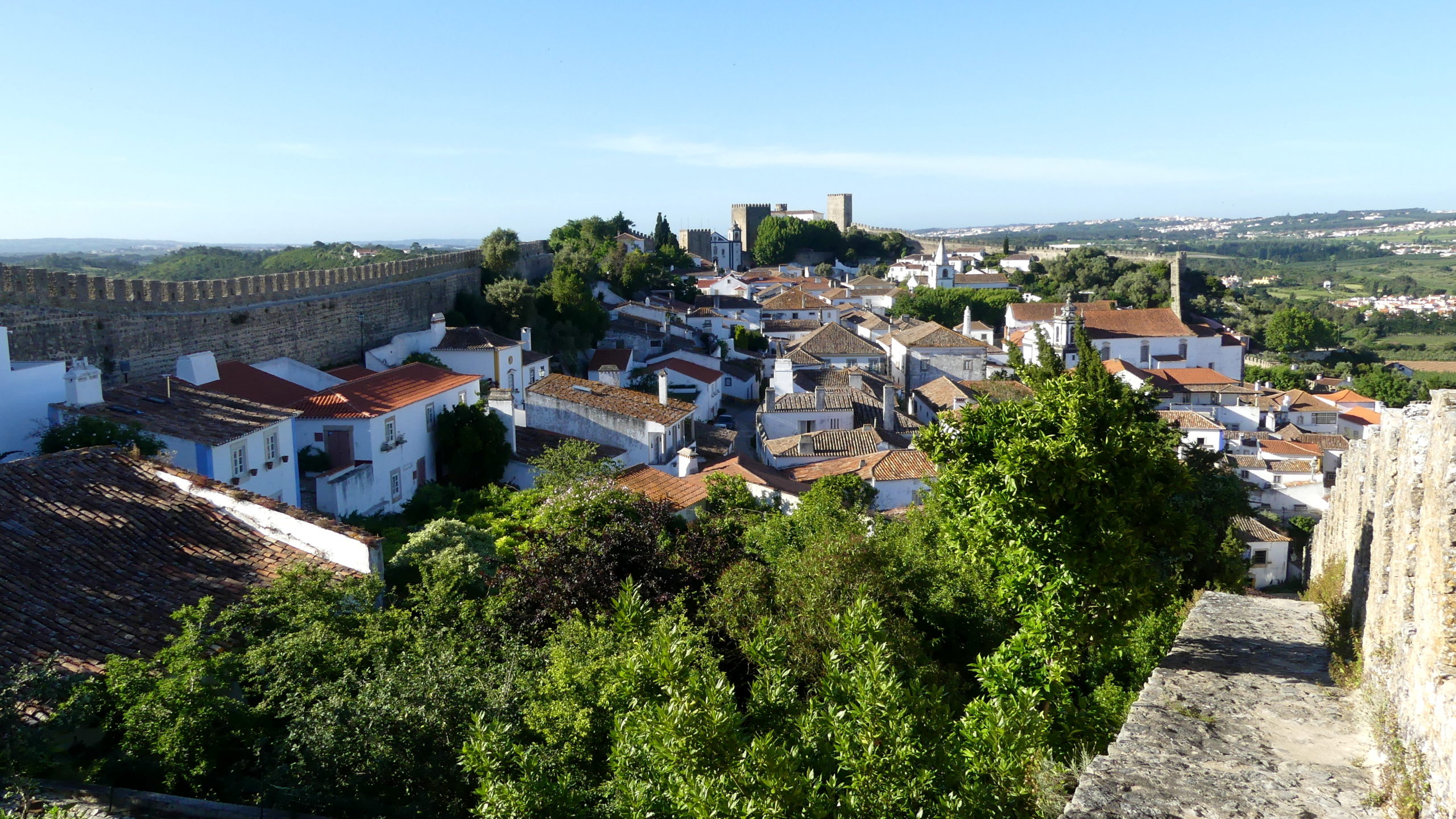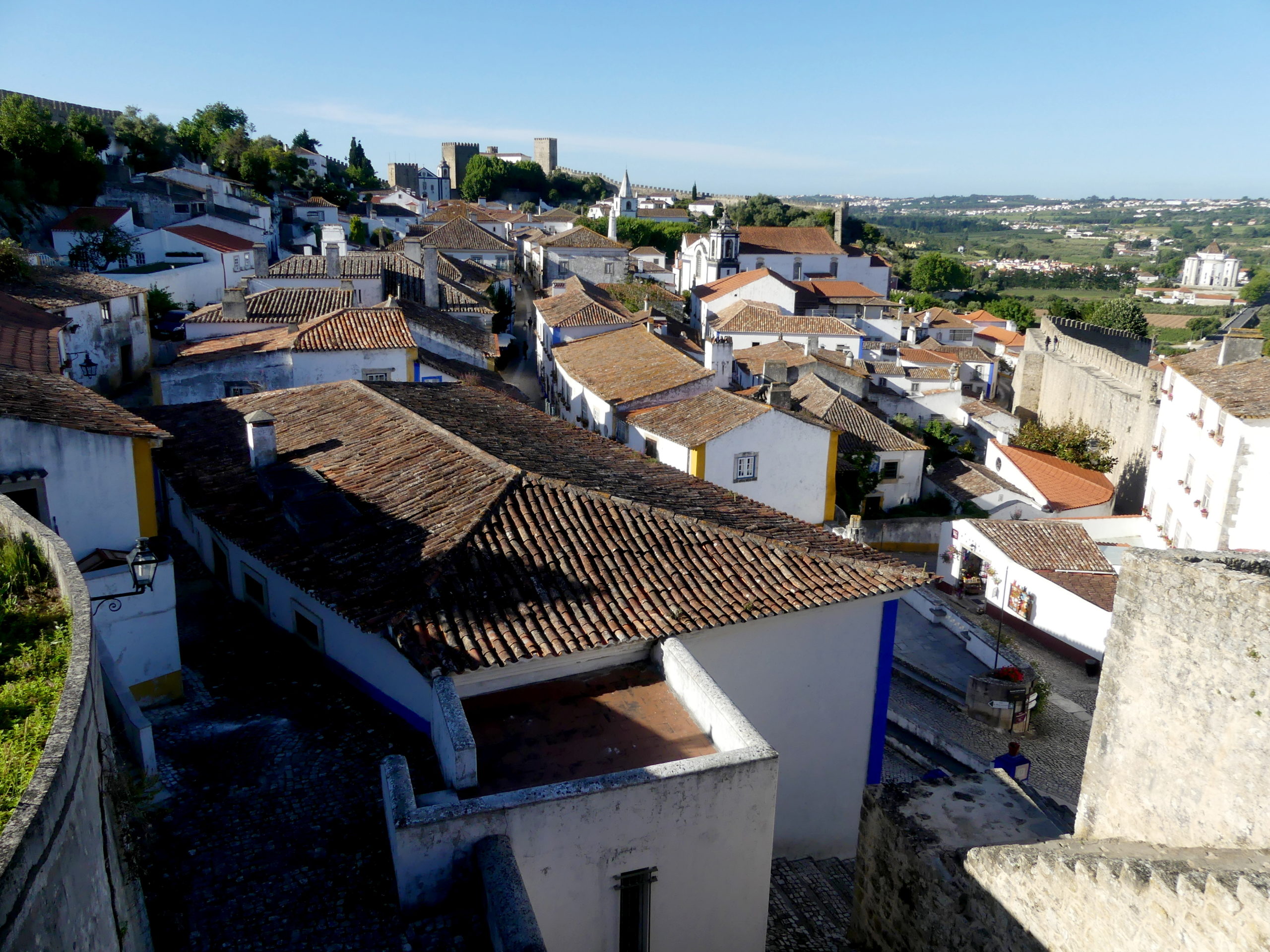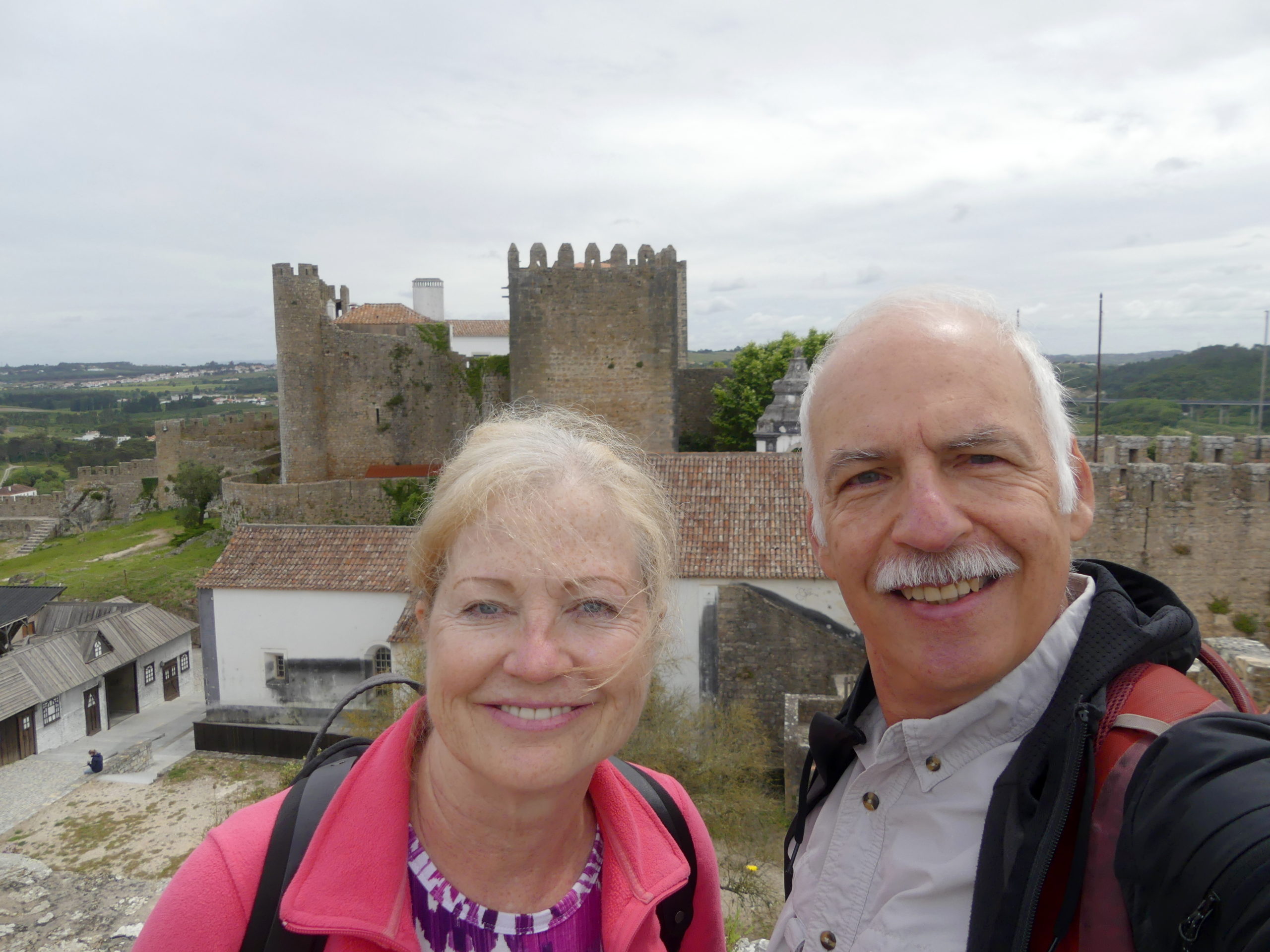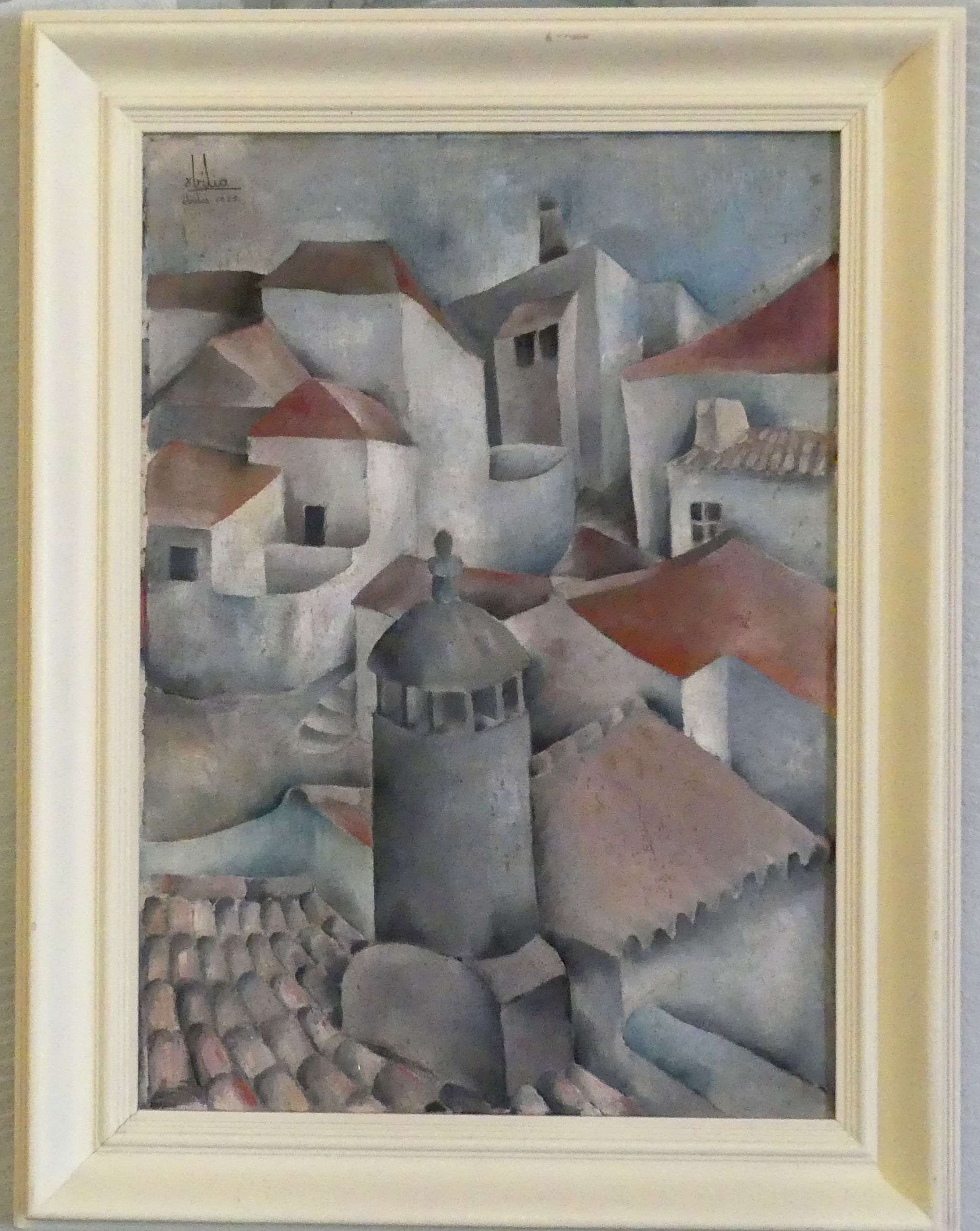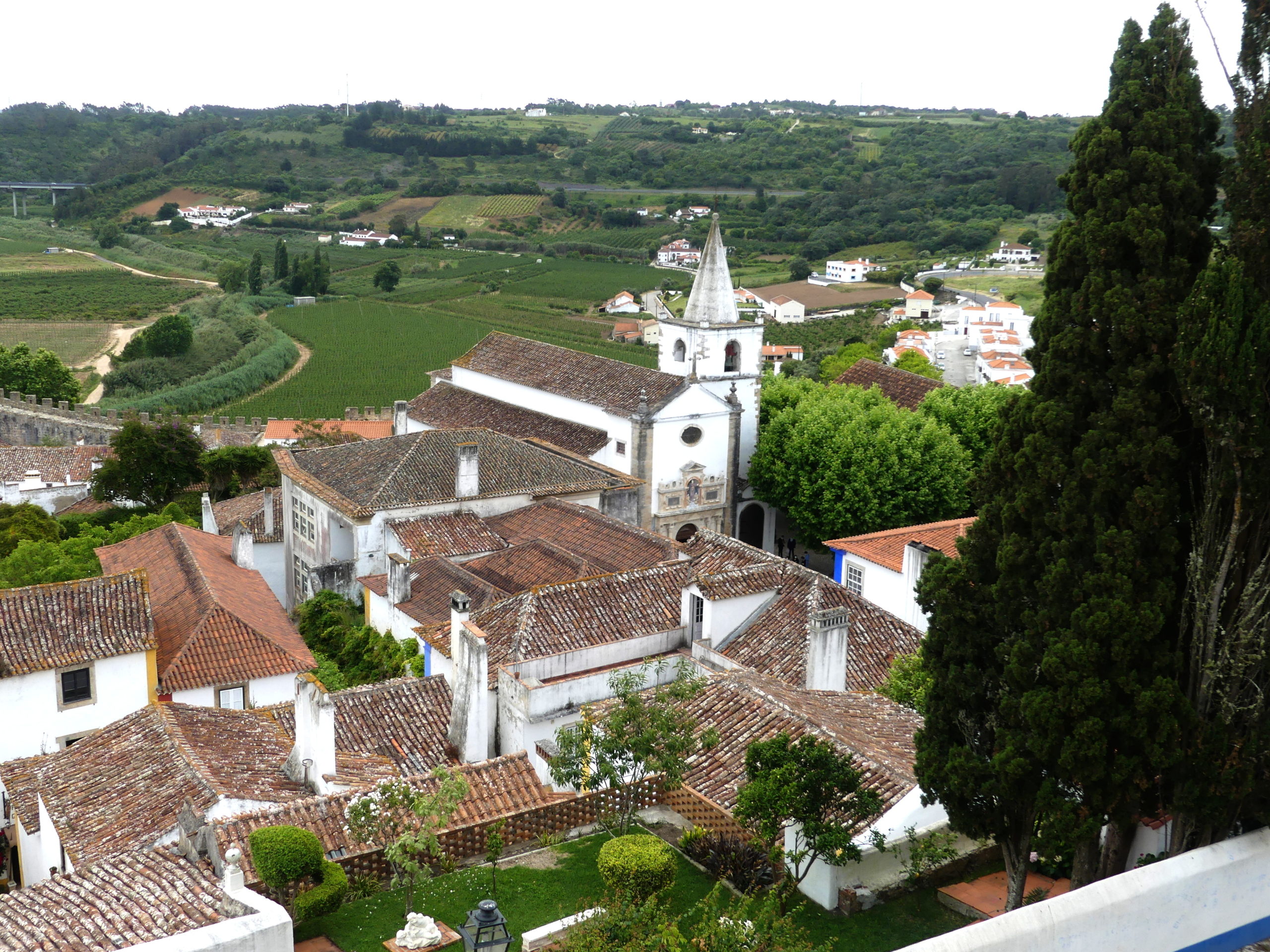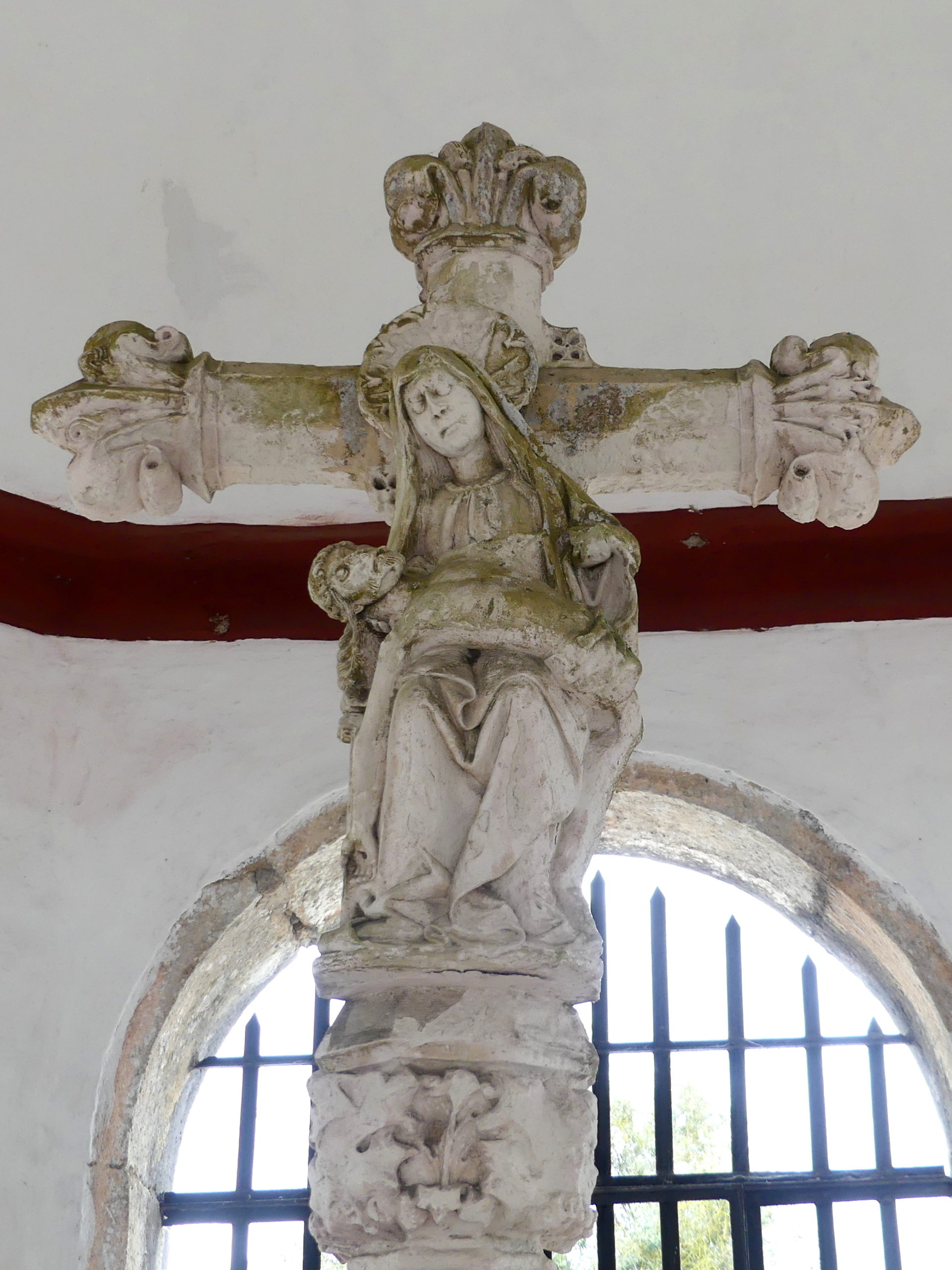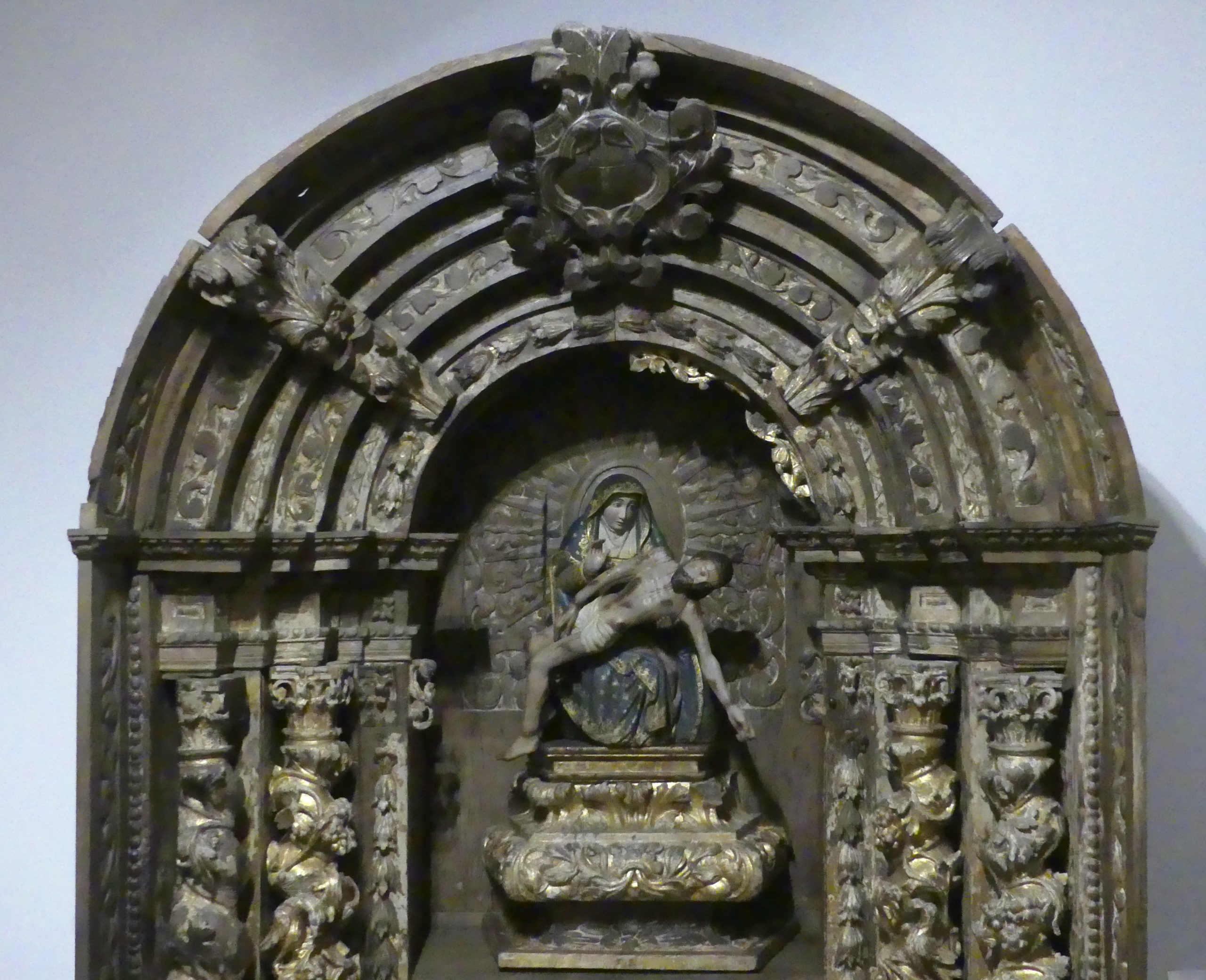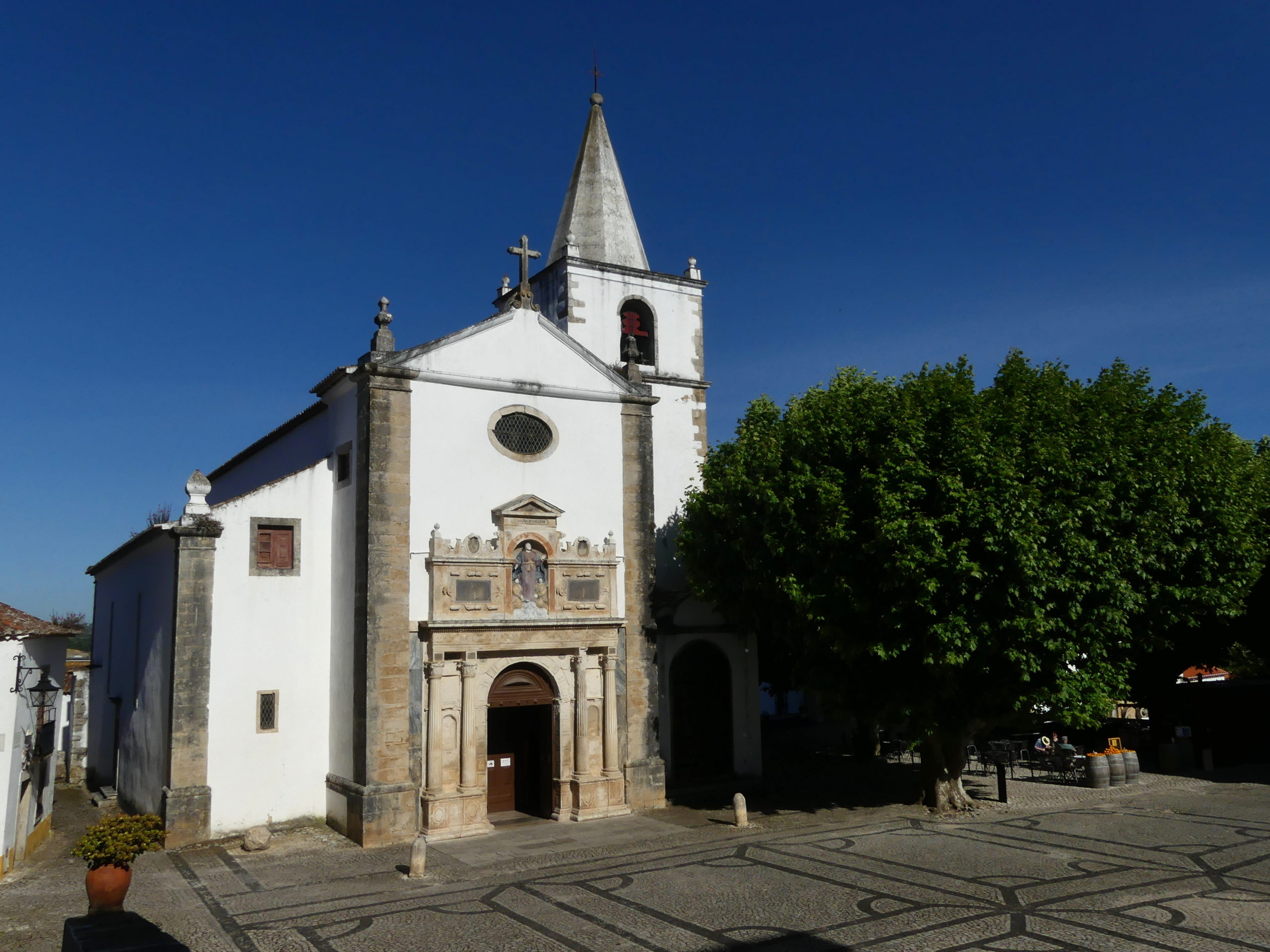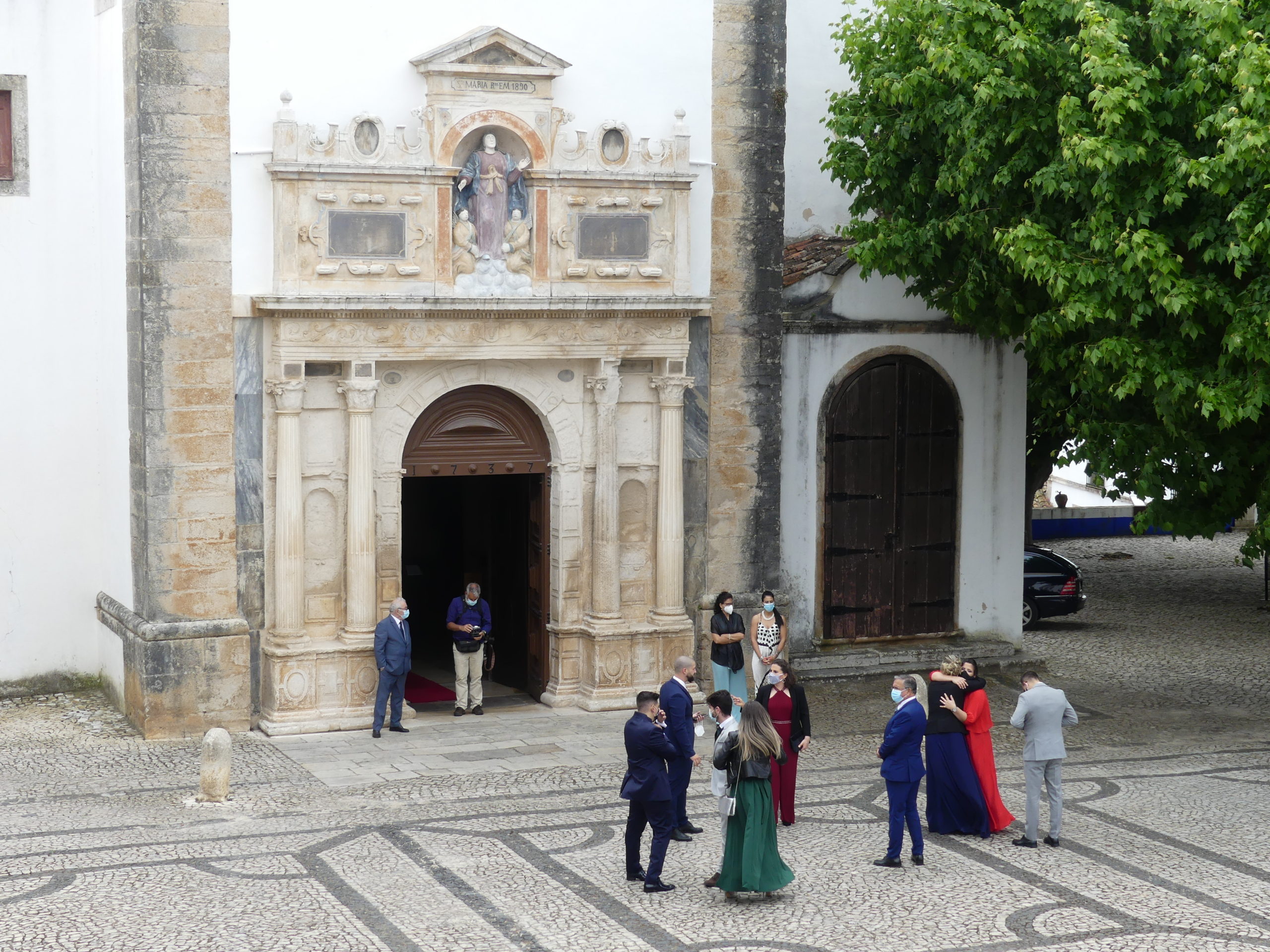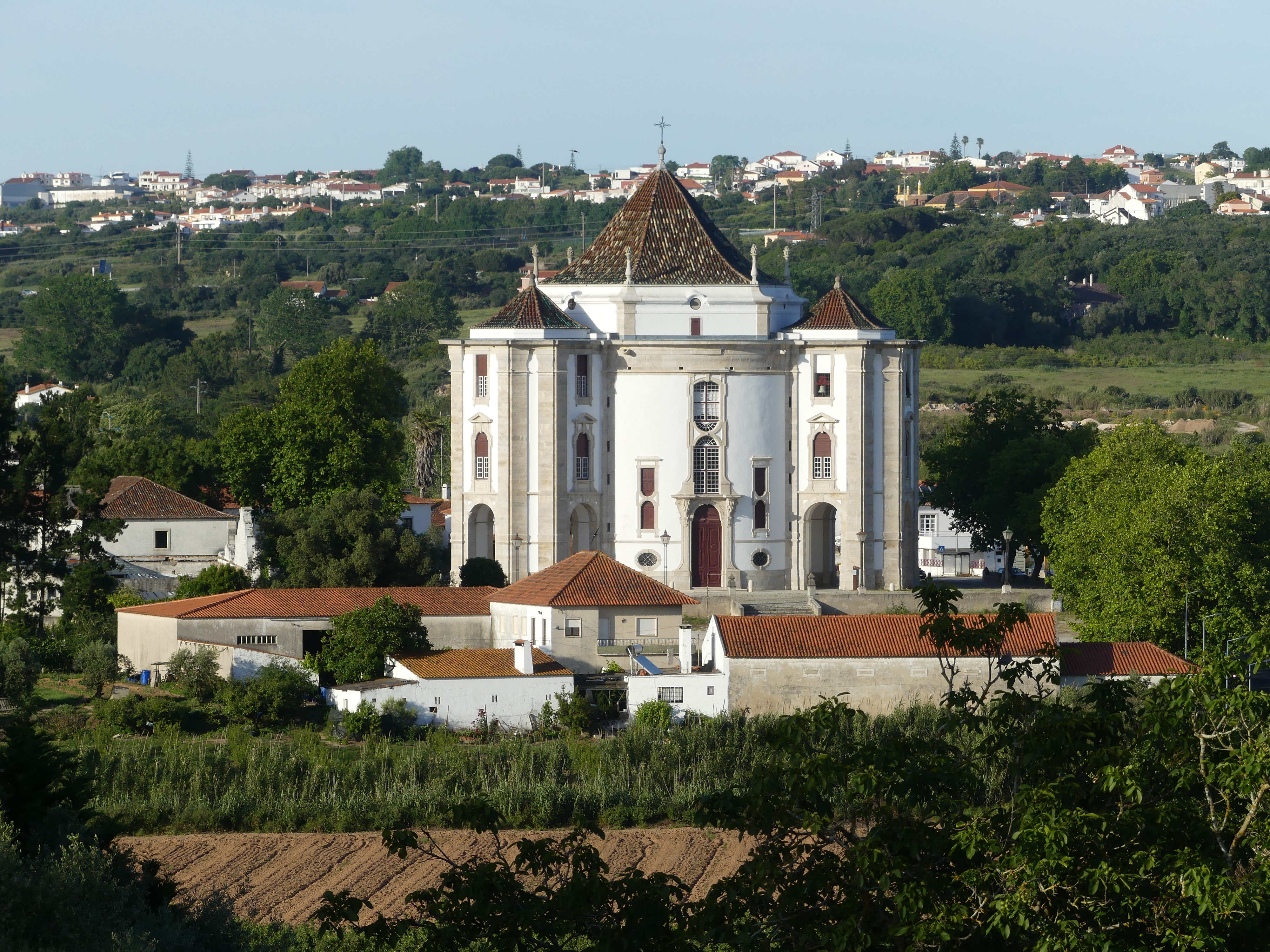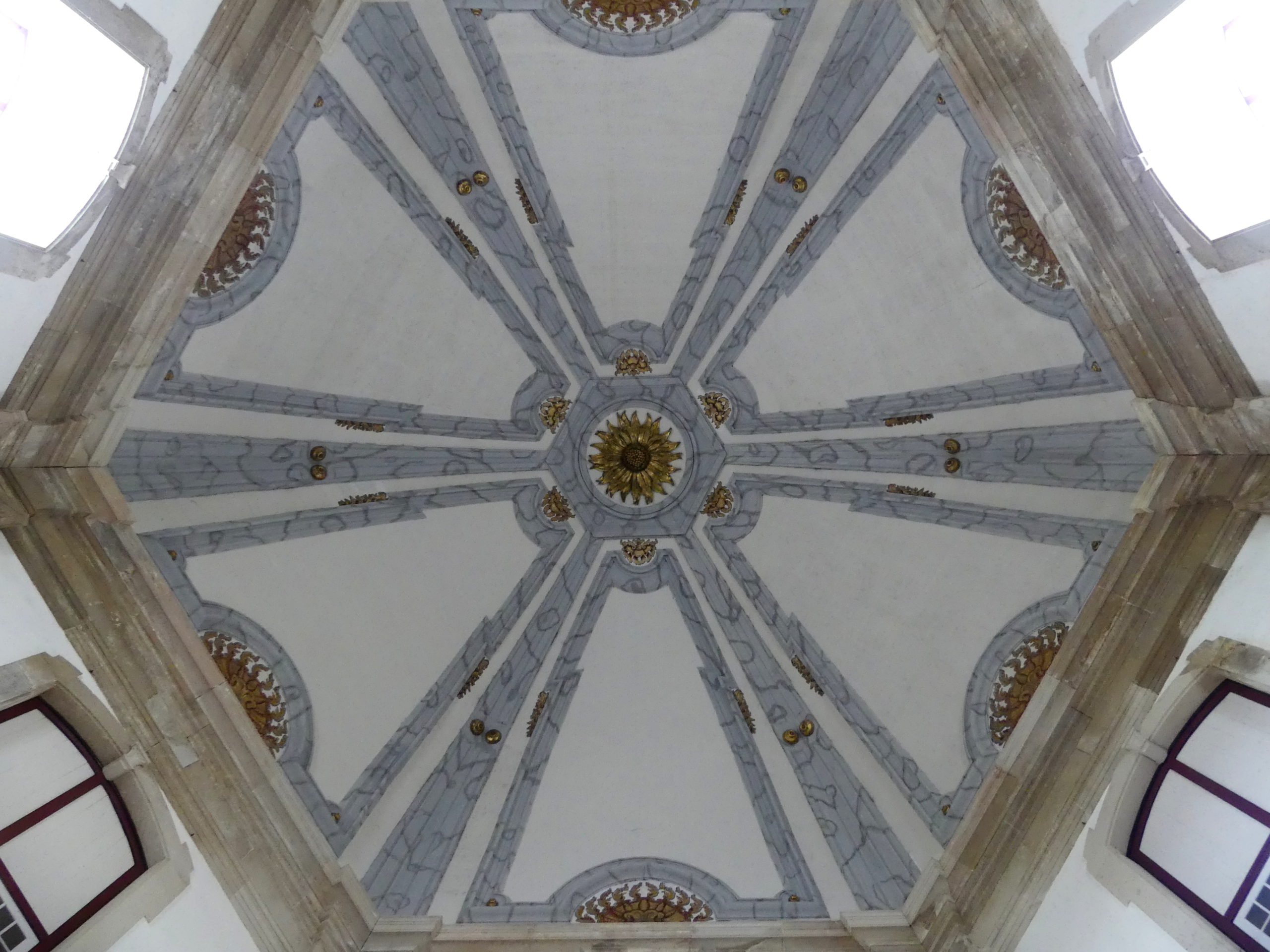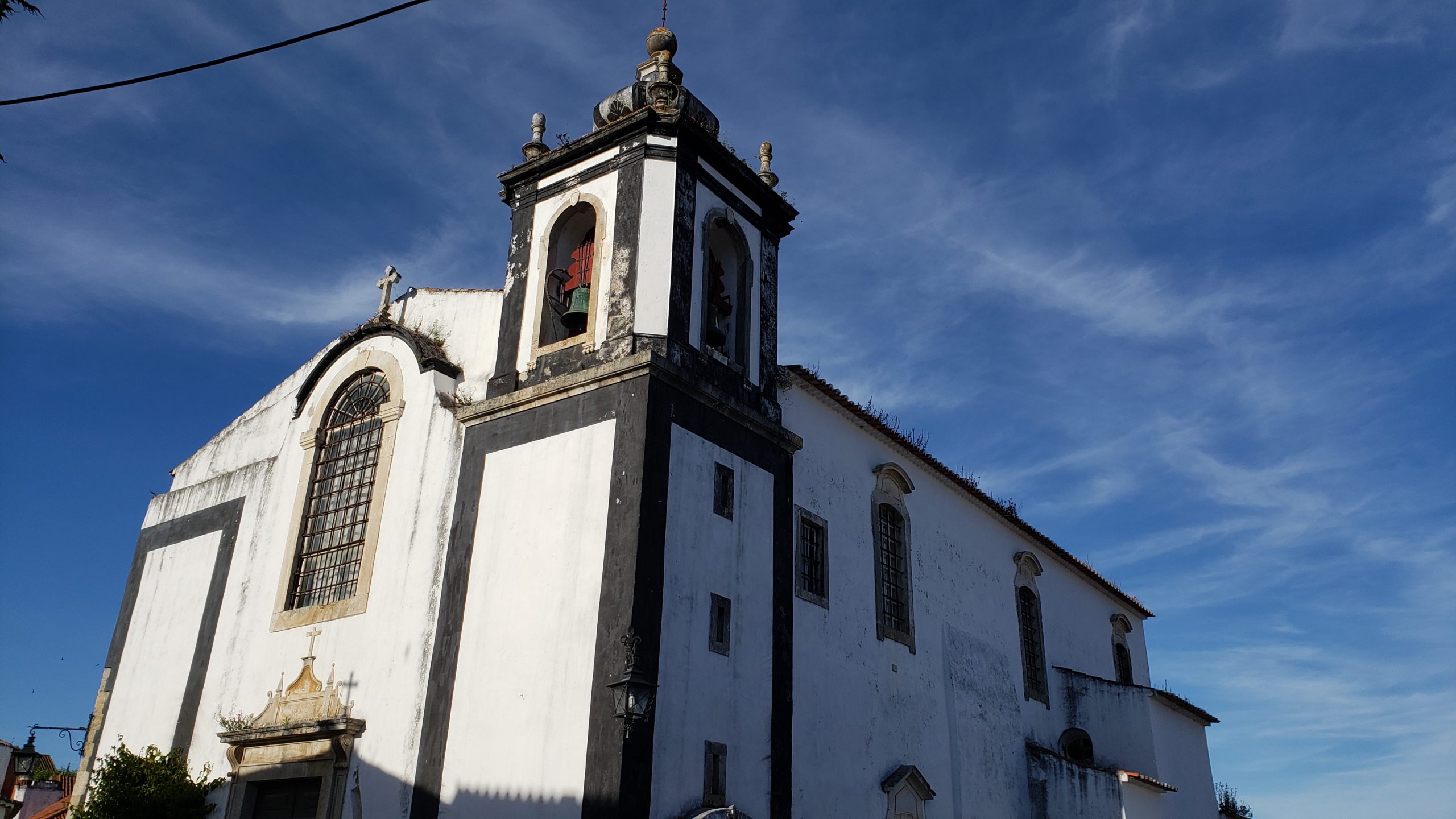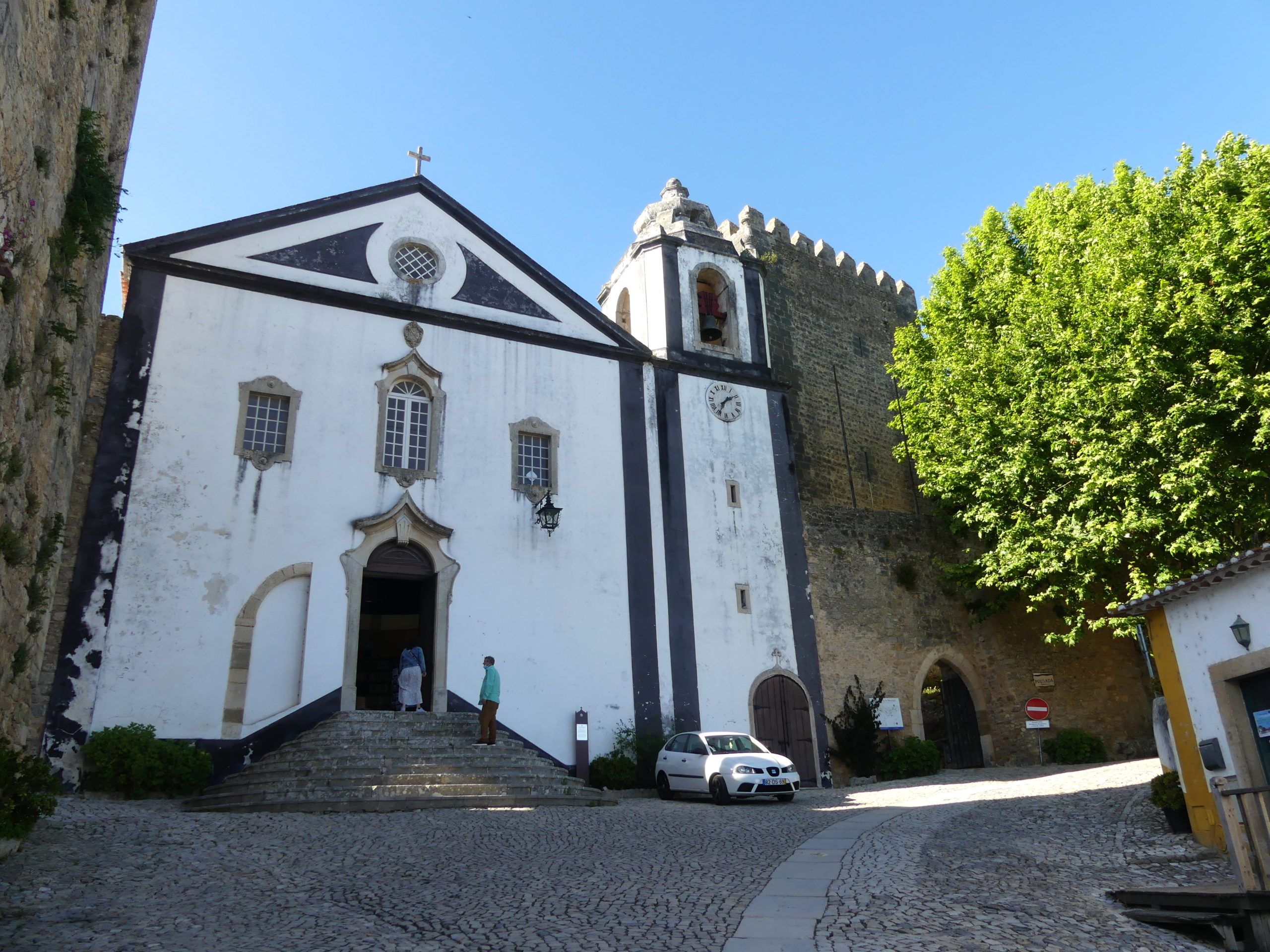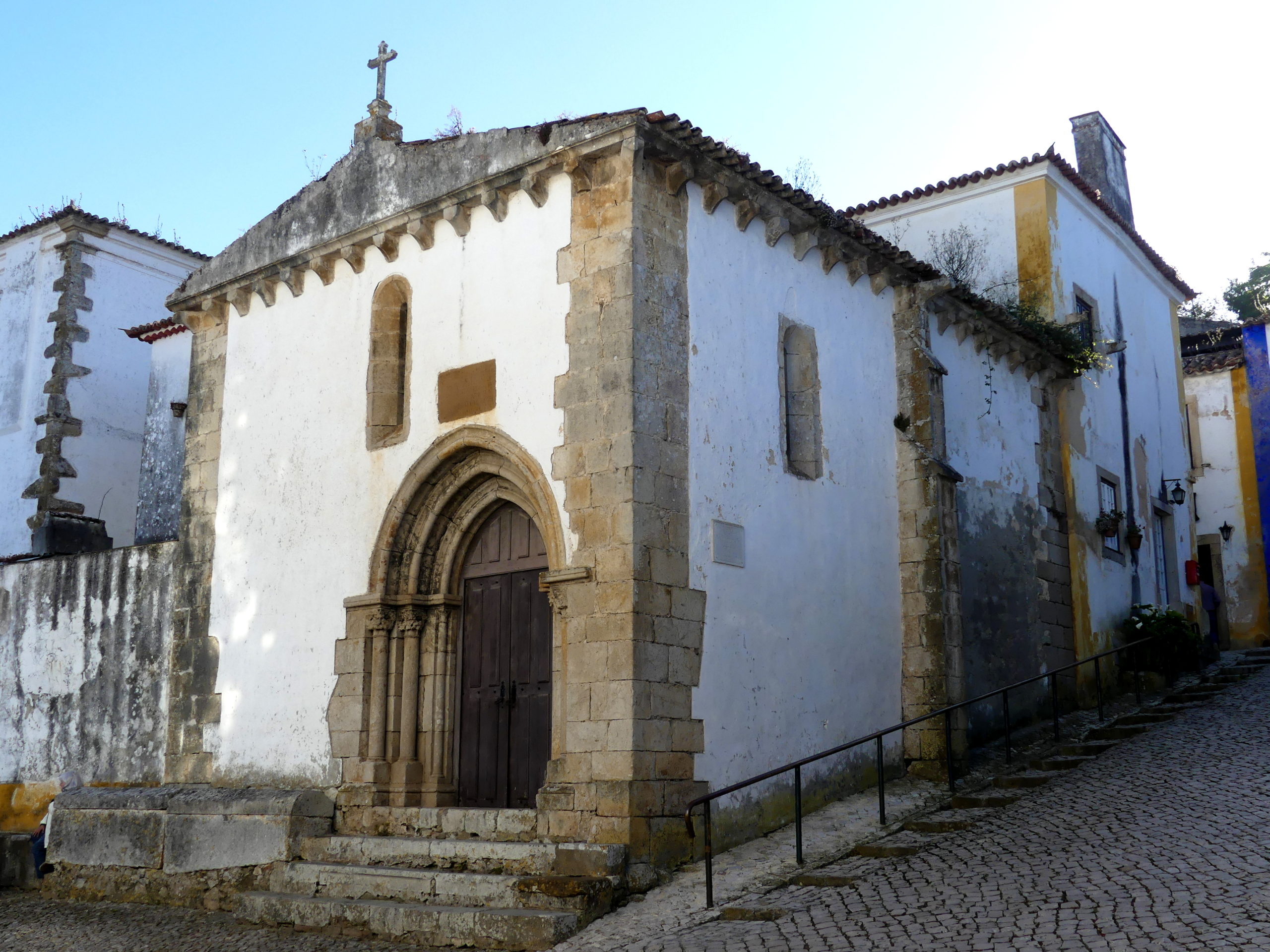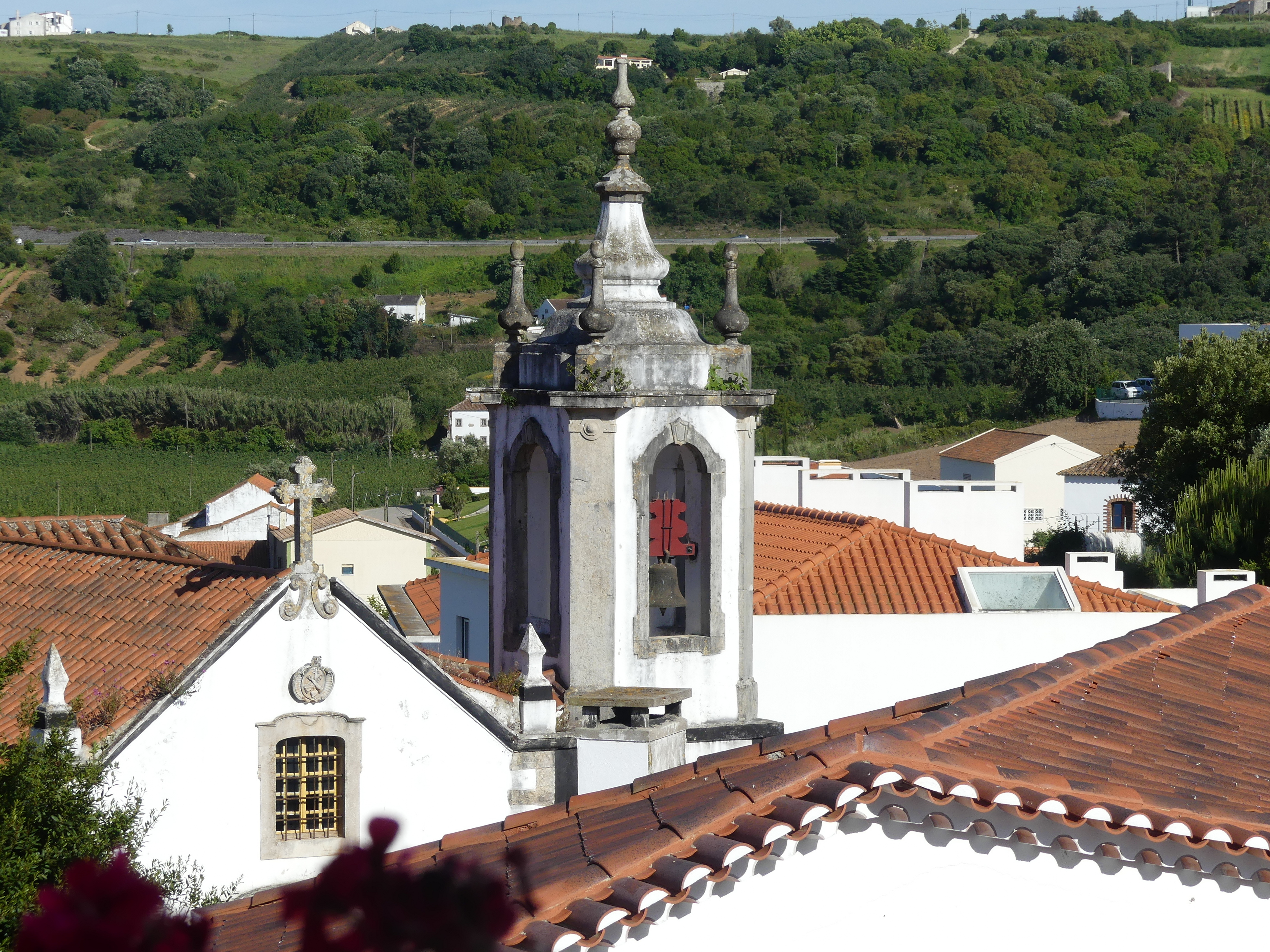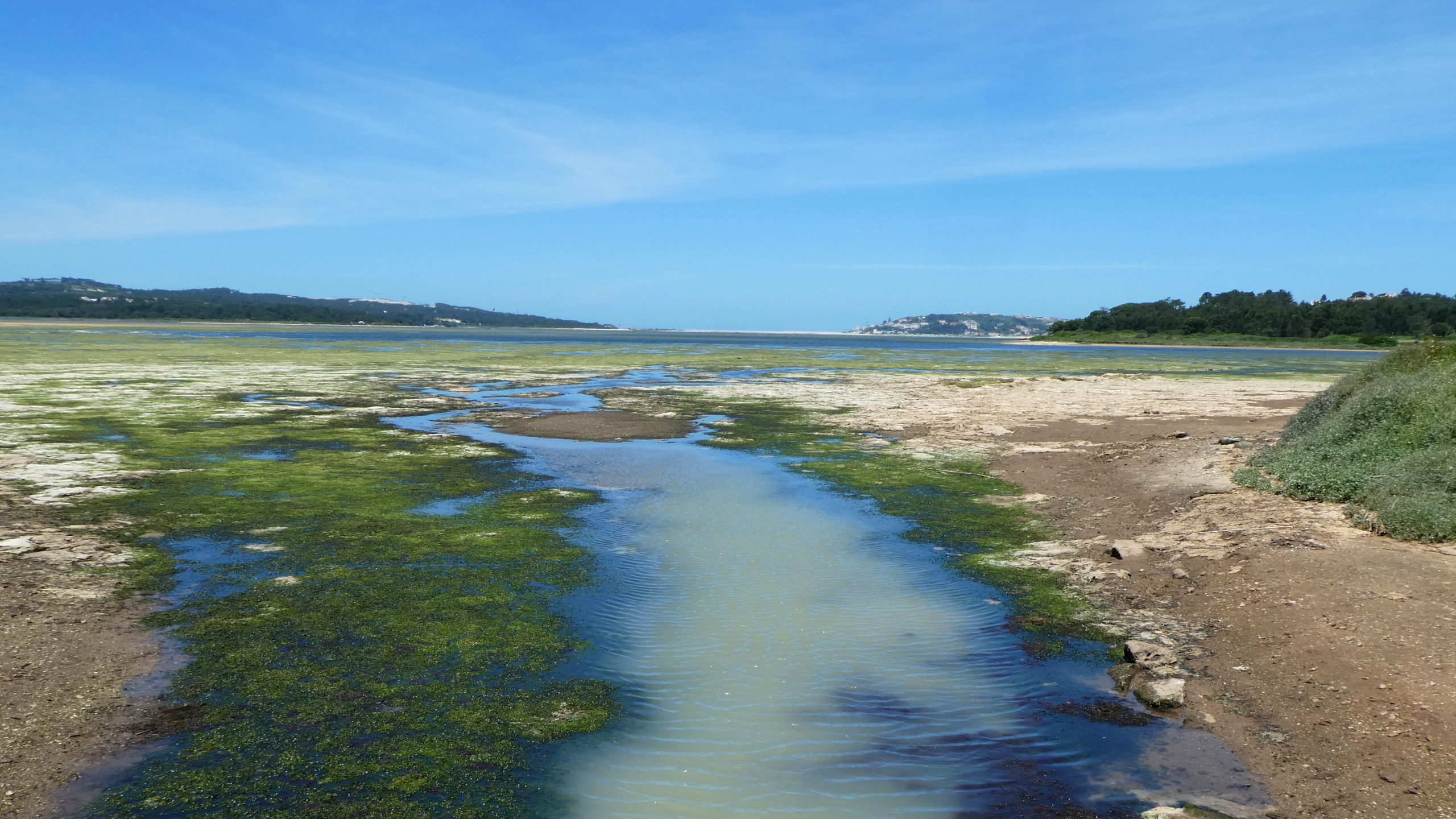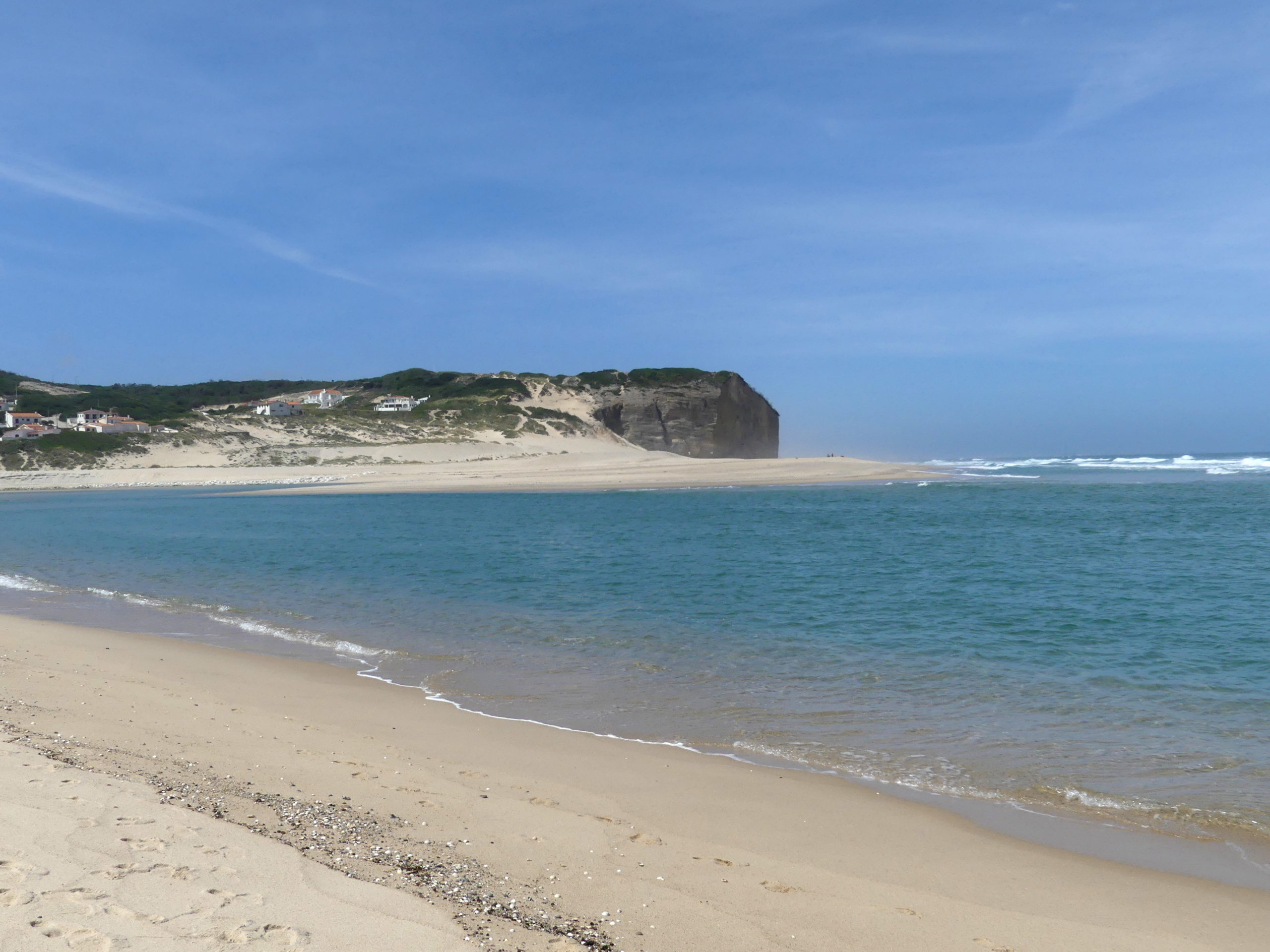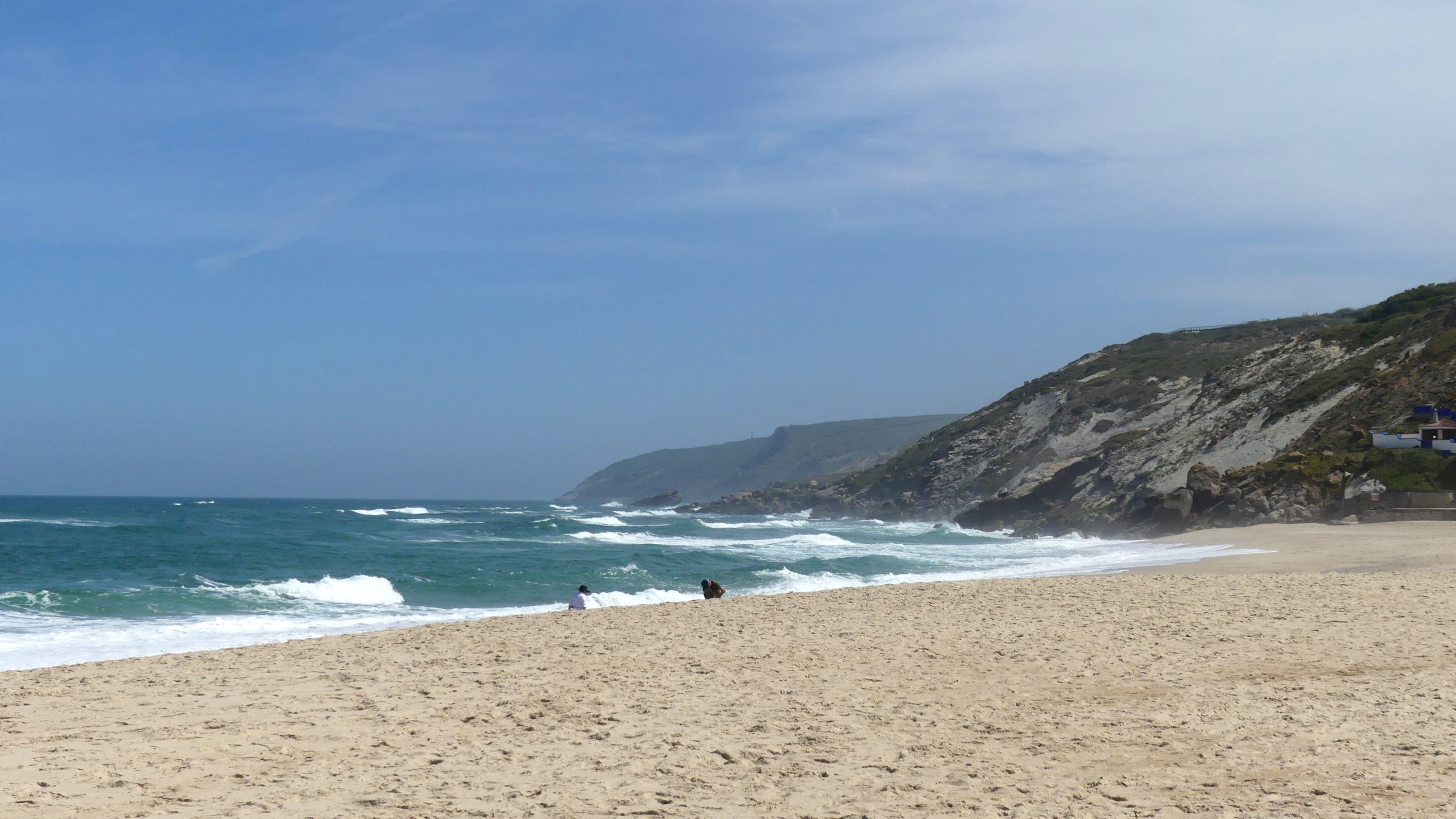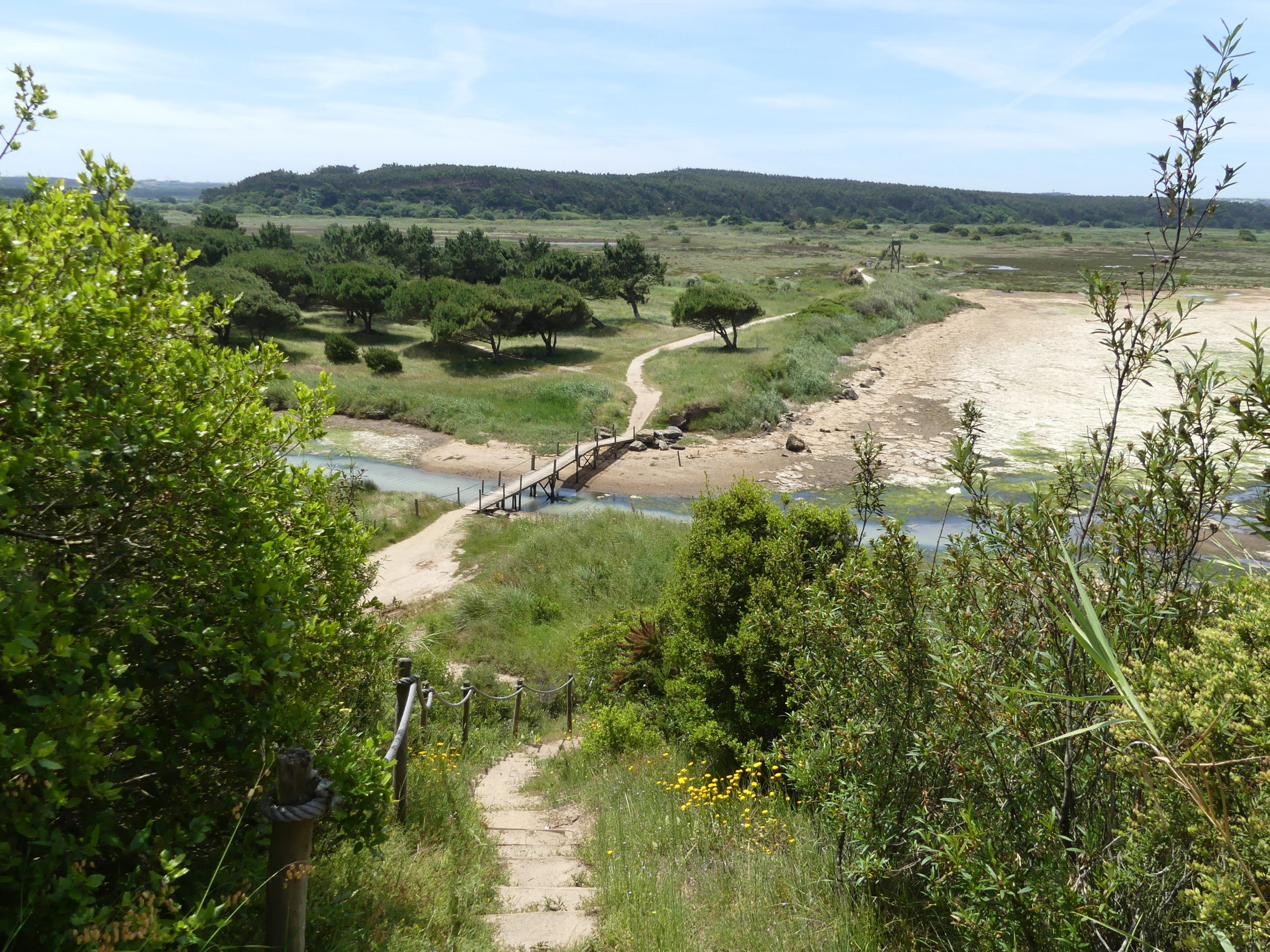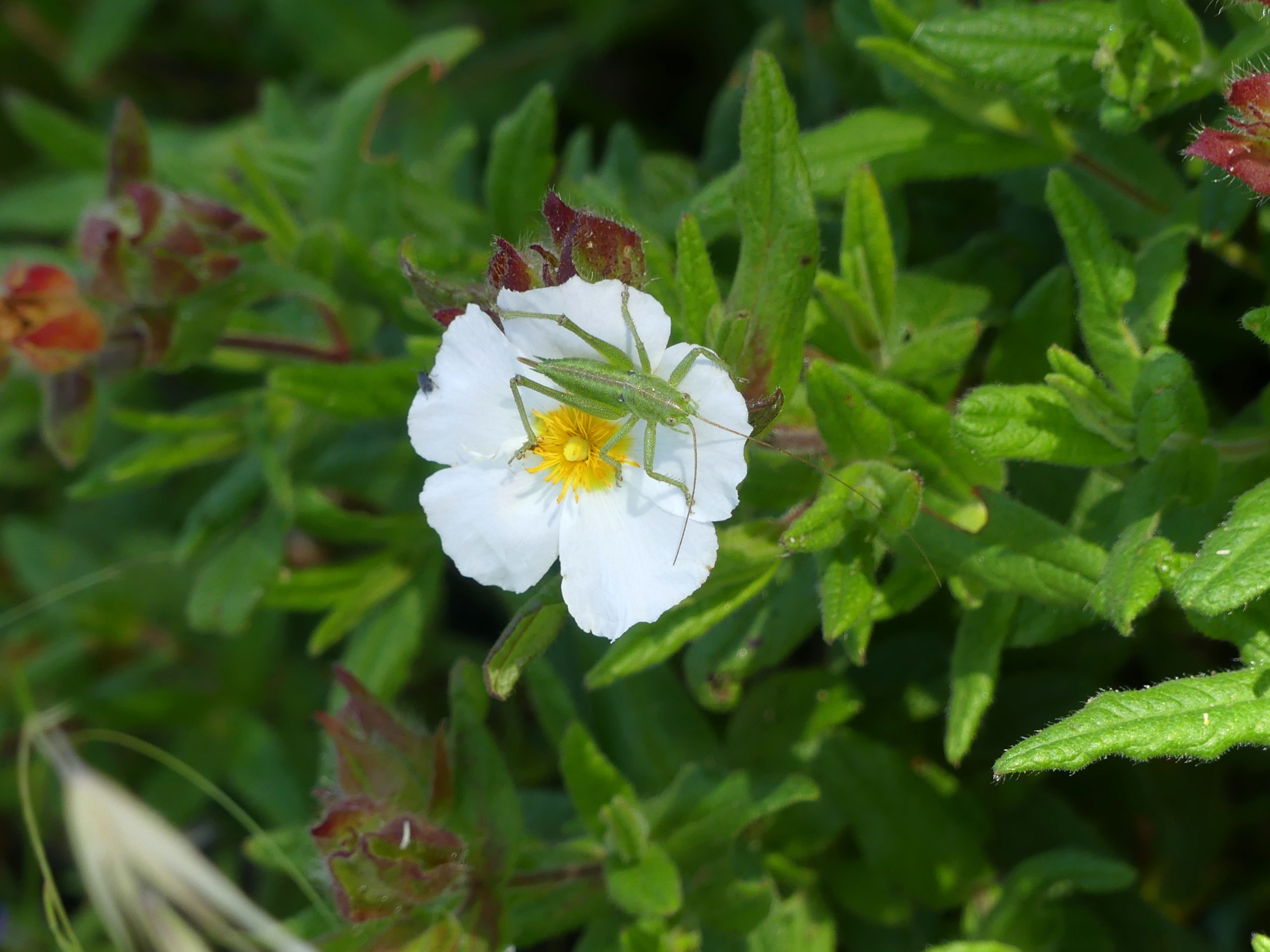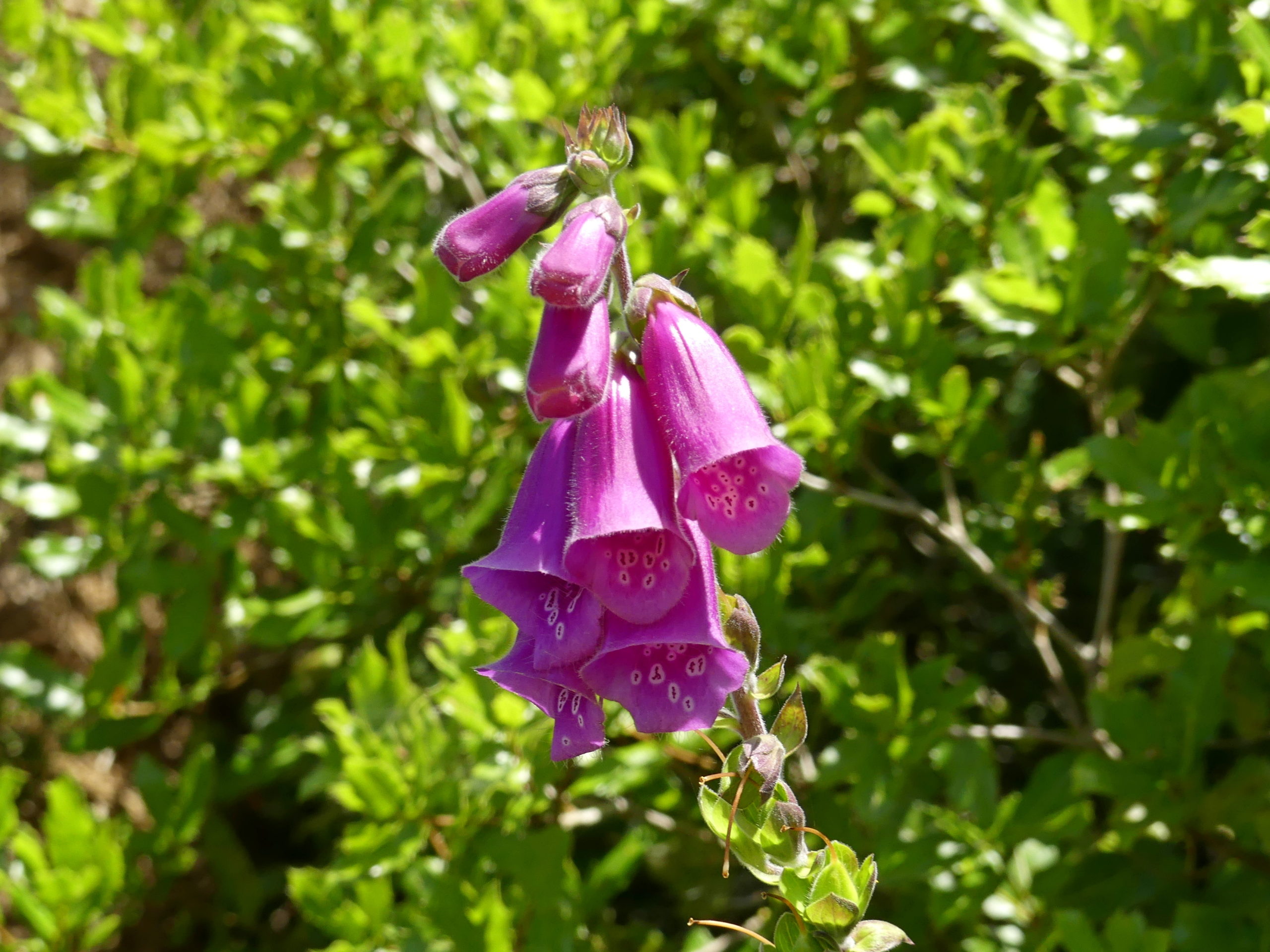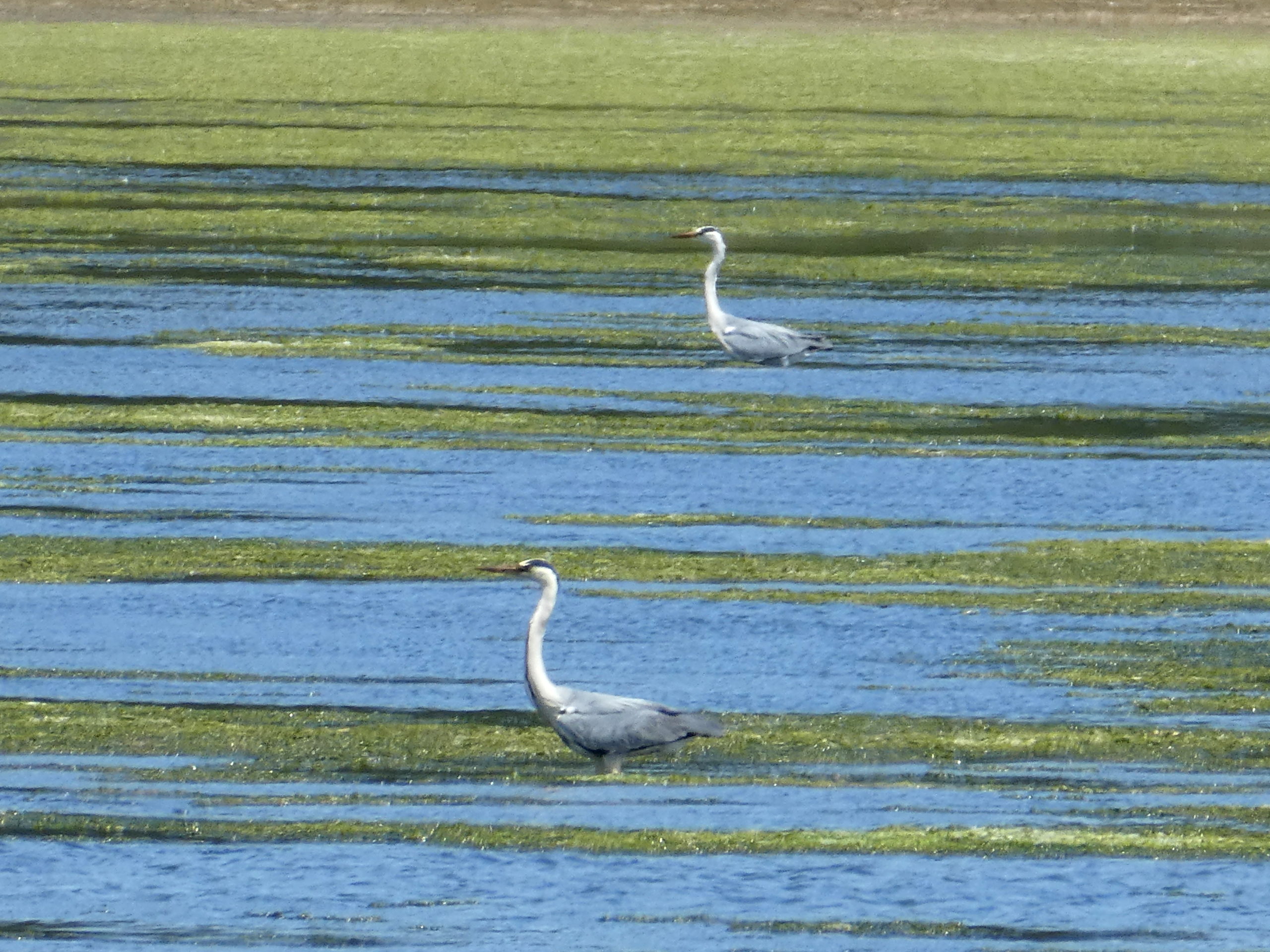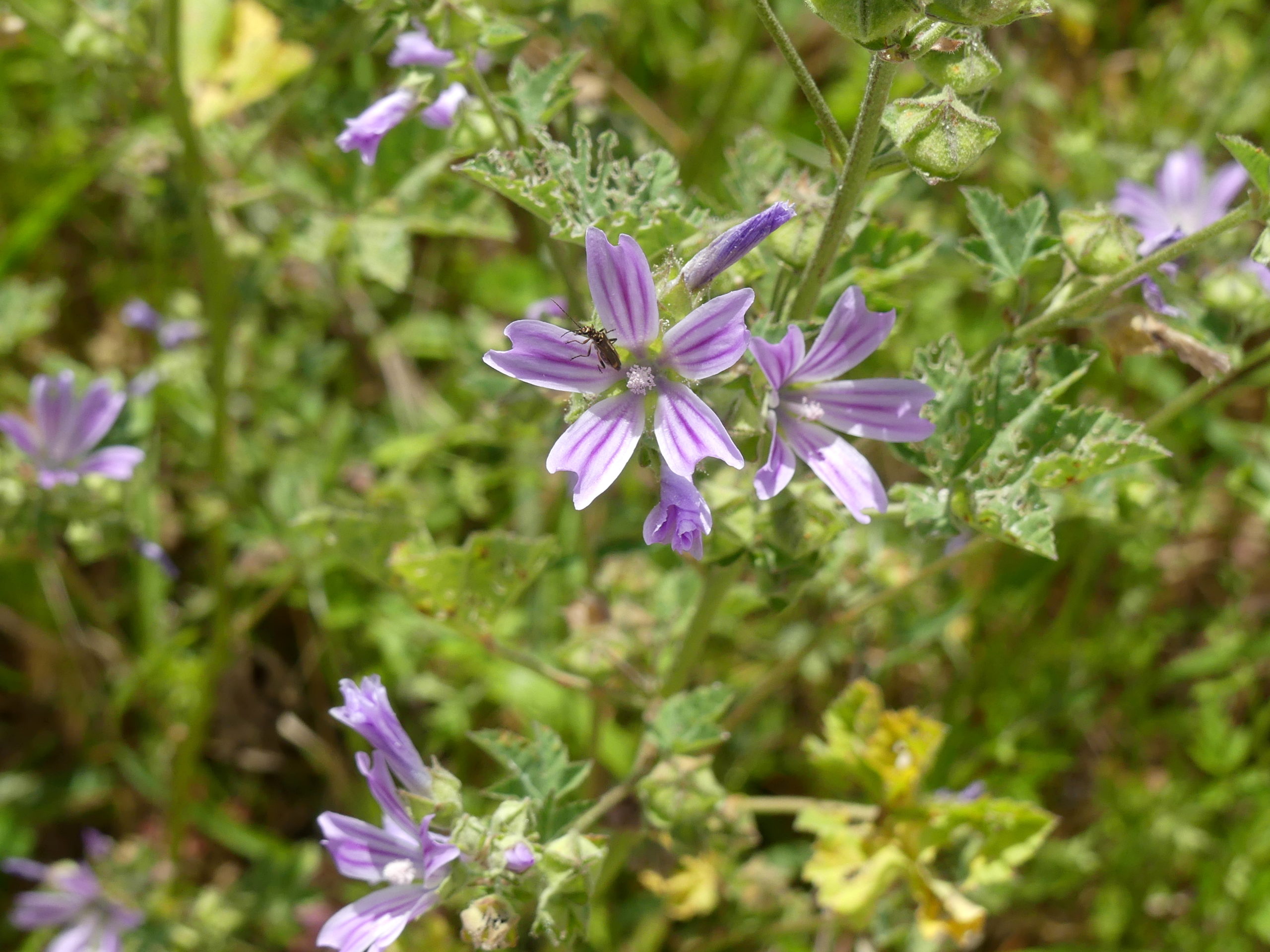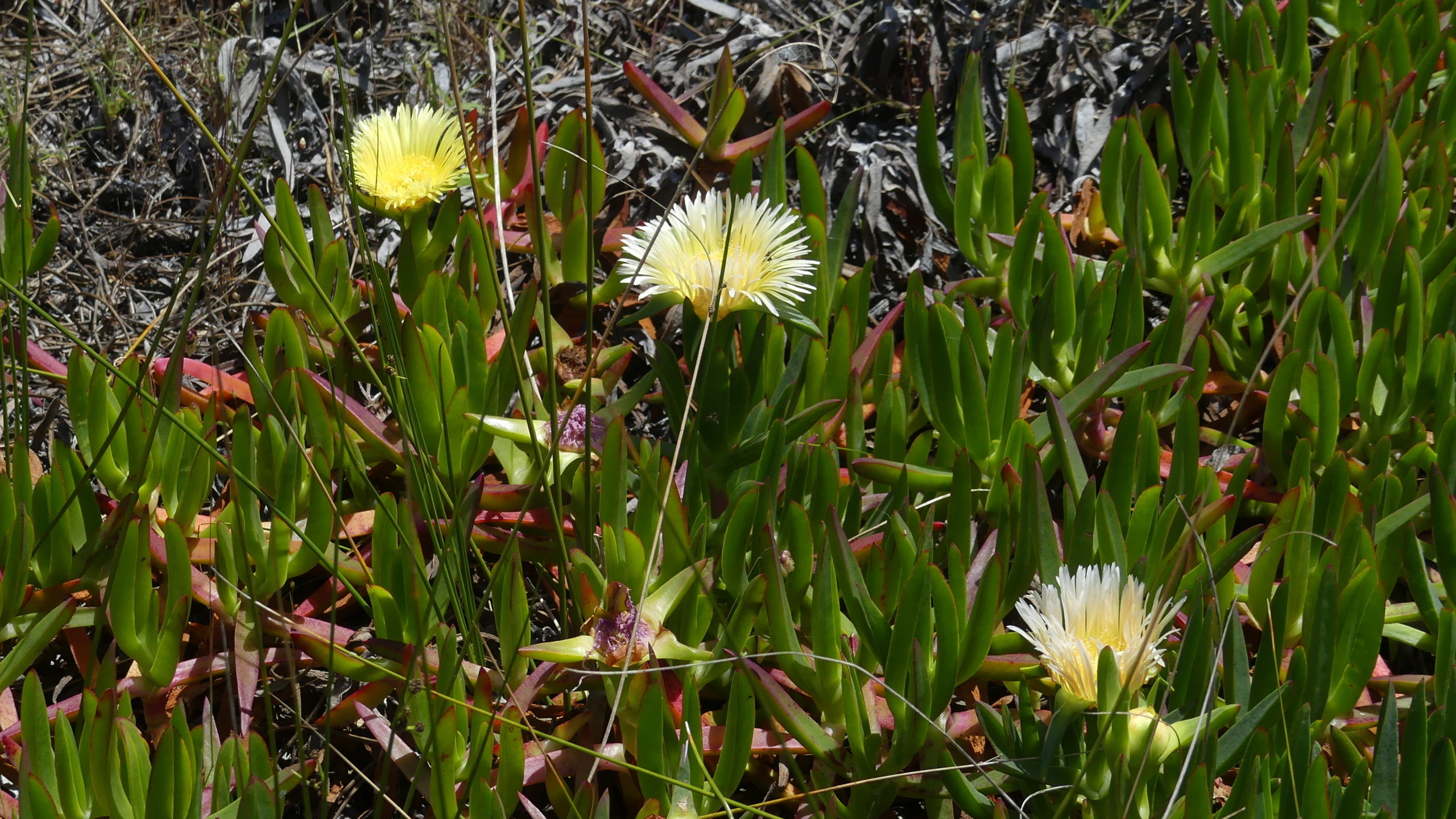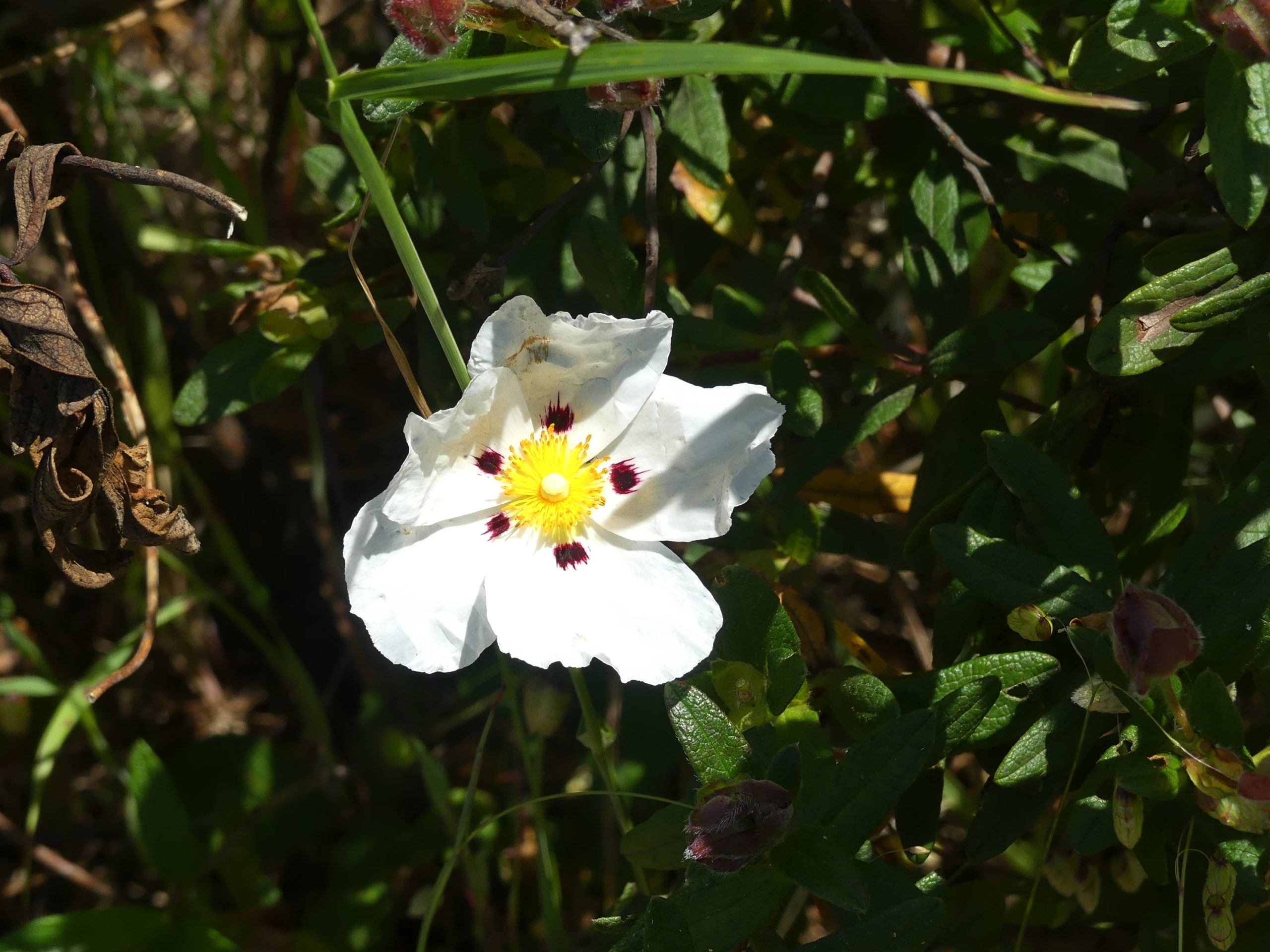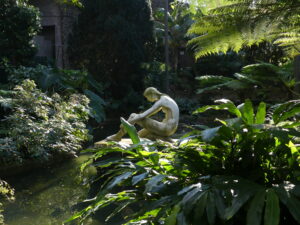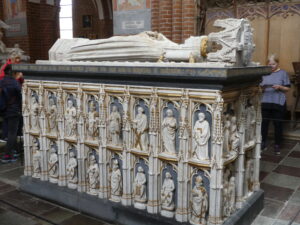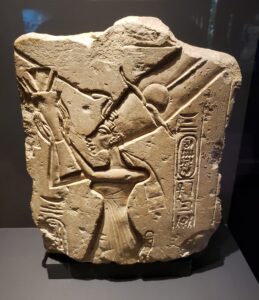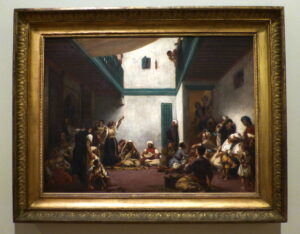In brief: Whatever your perspective – secular touring, sacred purpose, or natural walks – Óbidos and its environs are wonderful places to linger a while.
Secular Óbidos
Sitting on our garden terrace in, we could gaze eastward at vineyards where Roman settlers once lived at the edge of the sea. We could turn a bit and follow the line of its 13 meter high walls as they ascended to the medieval castle. When we wished, suspended over its clay rooftops, we could circle the old town along the precarious ledge of the walls, and admire the distant sunset. Or amble on narrow cobbled streets past whitewashed flower-decked homes, odd historical details and centuries-old churches. One can happily “tour” Óbidos, we felt, but the greatest delight was just to linger.
Óbidos is an impressive site when approached from the west, with the castle perched at one end and the walls reaching to the south. Though it dates from the middle ages, the structure was extensively repaired after the great earthquake of 1755.
The garden in which we enjoyed our evening view over the vineyards to the east – and much of our lingering. Our small inn dated from the 18th century, and can be seen in a painting of the period, with the walls behind and very little else around.
This mid-18th century oratory surprises those who enter through the otherwise plain mid-14th century portal at the south end of the town’s walls. The tiles show biblical scenes to the side, with victorious angels flanking the center, while the artfully decorated ceiling completes the sumptuous display. The central altarpiece has been moved to the town museum.
One of four or five long narrow streets reaching from one end of the town to the other end, connected to each other only by short passageways or stairs. Distinguishing one from the other took us a while, but added mystery to our walks.
We float above all of Óbidos, ringed by its walls, from our vantage point at their south end. The walkway (at the near right) is as narrow as it looks (less than a meter).
It traces the inside of the toothy outer wall for about 1.5 kilometers (or nearly a mile) all the way around the town – with no protective barrier. It feels even more precarious because the drop to the bottom is as far as 13 meters below (over 40 feet).
We said it was narrow. Nancy tries out the wall walk, with a panoramic view of both Óbidos and the verdant farms and vineyards. The local wines – which we were obliged to try – are quite robust.
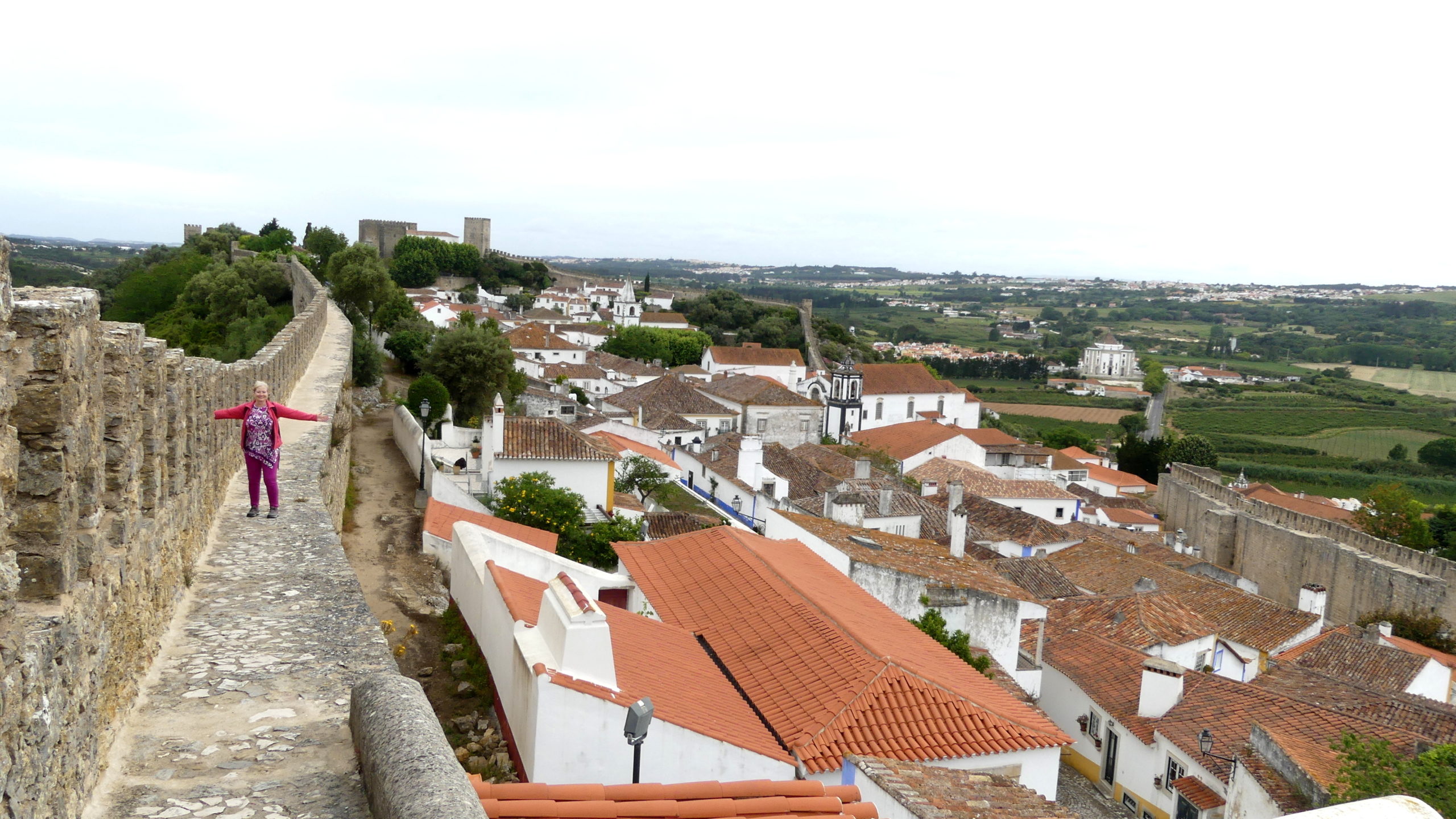
The streets and rooftops of Óbidos. During the week (with tourism just starting again) the streets were very quiet, and so many restaurants were closed. By the weekend, however, visitors arrived to make things a lot more lively.
A selfie during our walk along the walls opposite the 13th century castle. The castle is now a hotel so not open to visits otherwise. Below us is the site for the summer medieval faire normally held in the town.
The jumble of houses between the lower eastern side and the much higher western wall looks almost like a cubist painting. Notice on the left the steep stone stairs without a rail. We climbed these to stand on the narrow wall.
This lively 1935 painting by Abílio de Mattos e Silva shows that the town hasn’t changed so much, and is indeed a cubist painting – at least from a top down perspective.
The artist worked most of his life in Óbidos, where a museum now displays many of his works.
With an interior courtyard far below our perch on the walls, as well as a baroque tower peeking above the rooftops, we gaze at the vineyards where the old Roman town sat.
The Óbidos lagoon used to reach here from the sea. It’s now 10 kilometers away and, as you can read below, worth the visit.
Sacred Óbidos
In, as in most Portuguese cities, there’s always the sacred side, the churches, even if they seem overshadowed now by secular activity. These days so many more tourists than parishioners visit the many Óbidos churches. The one at the castle had even become a bookstore. But those churches still offer to visitors a vision of another realm and a peaceful refuge from the bustle of the streets.
A 16th century cross in Manueline style, with two sides – a pieta on one side and crucifixion on the other – has been set in its own cupola outside the town walls but shared the space with a parking lot.
It commemorates victory over the Moors in the 12th century. To us, the pieta was a simple, powerful expression of grief and death.
Our Lady of Piety altarpiece made of polychrome and gilded wood. Together with those vivid tile scenes still in place, this was part of the walled town’s 18th century portal. The altarpiece has been recently restored after being moved to the Óbidos Museum.
Sunset at Santa Maria Church. Facing the lovely plaza also are the Municipal building, the old market building and a number of other villas and structures dating back to the middle ages. To the right, shaded by a huge canopy of trees, you could linger at a cool spot for a drink on a hot afternoon, or a bit of warming sun on a cold one.
The muted altarpiece of Santa Maria church, the most important one in Óbidos, demonstrates particular splendor because of the extensive tile scenes that line the walls around it as well as the vine-decorated ceiling dotted with angelic figures.
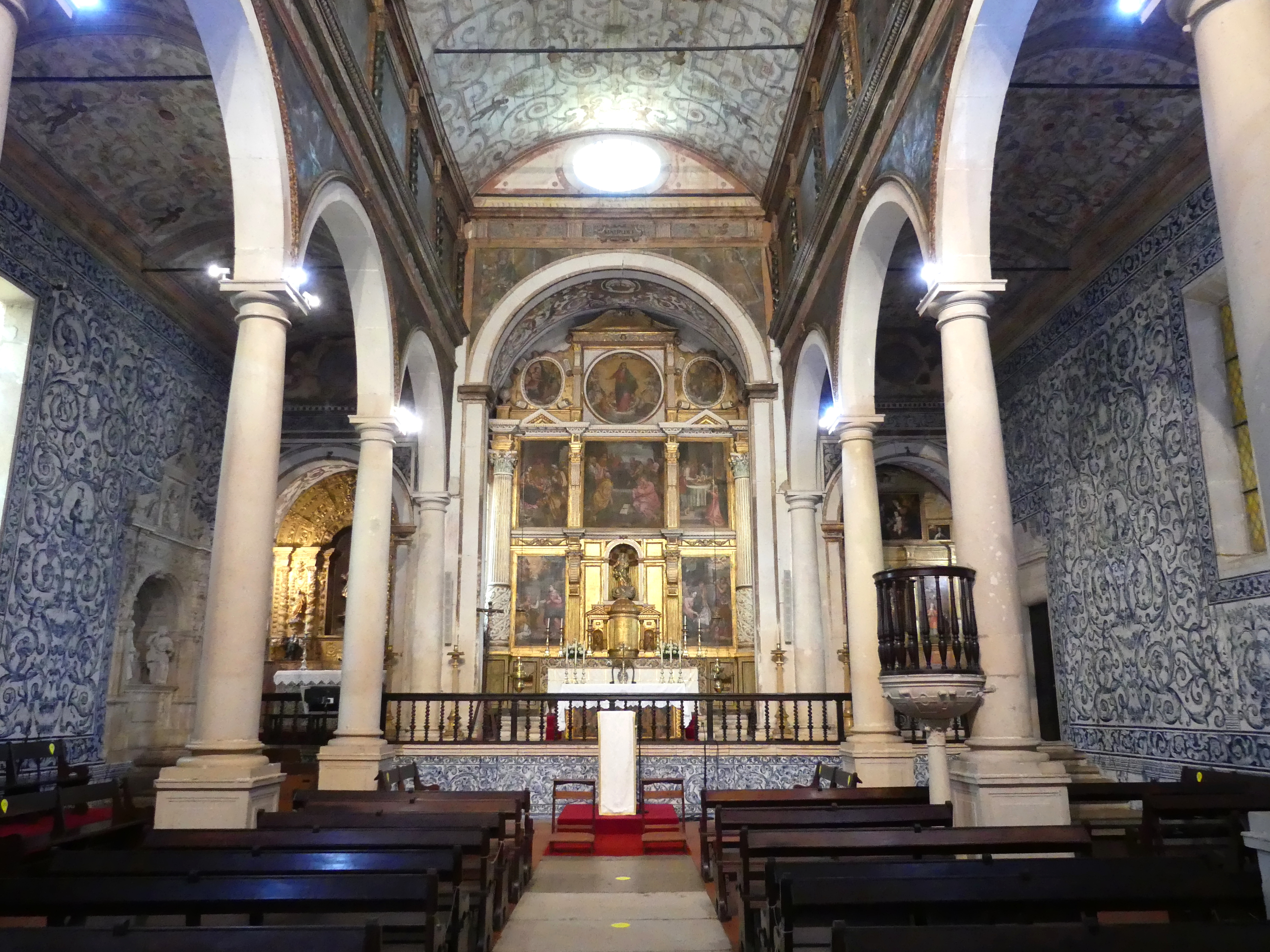
Santa Maria is a very popular wedding venue for Portuguese, dating back at least to the mid-15th century and the wedding of Afonso V. Neither he nor his wife were yet teenagers on that day.
On a Saturday, as the streets became busy with Portuguese visitors, we saw this wedding party gathering at the church. Carefully escorted, many well dressed women managed to walk the cobblestoned streets to the church in precarious high heels.
Among the town’s renowned painters was a 17th century woman, Josefa of Óbidos. To her is attributed the altarpiece of Santa Maria church. Several of her other paintings are displayed at the Municipal Museum adjacent to that church, including this somber Lamentation over the Dead Christ, once part of an altar in the church of a nearby town. We thought it even more moving and expressive than her most famous painting, also at the museum, a portrait of Faustino das Neves with a redemptive angel.
Jesus da Pedra – Jesus of the Stone – church sits among the farmlands in the valley below Óbidos. It dates from the 18th century, though from a distance it seems more modern, with an unusual round shape, an hexagonal central roof and strangely inverted double windows. The stone in the name refers to the centuries-old stone cross at the altar whose recovery brought improved agricultural conditions to the valley.
The hexagonal central roof of the Jesus da Pedra church was heavenly
The resplendent baroque São Pedro church in the middle of the town gleams in a cloud-streaked blue sky.
The São Tiago (Santiago) church attached to the old castle, at one end of the town, has been turned into a charming bookstore.
The small Capela de São Martinho church, with its Romanesque portal, is probably the oldest of the medieval churches in town, but its doors were never opened while we were there.
Below our terrace, the baroque steeple of Ordem Terceira/Monserrate impressed us over and over again due to its pealing bells and pre-eminent position above the vineyards of the valley.
Natural Óbidos
It’s got a big mouth, we were told. Yet the Lagoa de Óbidos (Obidos Lagoon) offers so many quiet pleasures. The long stretches of beach at the mouth abut the wave-bashing Atlantic Ocean and limn the very calm waters within the lagoon. Its small towns, relatively unassaulted by tourists, offer several nice beachside places to eat and drink and idle. But most of all we loved the marshland deeper inland on the lagoon, where a trail, bursting with floral color, circled a shallow haven for flamingoes and other birds. we were told after we learned that The lagoon and the sea used to reach the plains just below the town, but were well worth the 10 kilometer drive to reach it now.
View of the big mouth from deep in the marshland of the lagoon, some 4 to 5 kilometers (2.5 to 3 miles) away.
The mouth of the lagoon has headlands on either side, the most dramatic of which is this cliff face to the south.
Waves driven by tides and winds beat against the shoreline to the north of the mouth.
From this charming viewpoint atop a sandy hill, we descended to the marsh trail at the farthest inland point of the lagoon. The grove of dark trees shelters a shady picnic area. Centuries ago, the lagoon reached twice as far inland to the edge of the fortified hilltop town of Óbidos, about 10 to 12 kilometers from the mouth.
Along the marsh trail, a cricket serenely contemplates the flower’s navel.
Even the purple bells of this foxglove are quiet along the trail at the marshland of the lagoon.
Two grey herons patrol the marshland, which here looks like an Impressionist’s canvas.
Lavender streaks attracted us as well as this bug.
The ebullient flowers of this yellow sea fig, a true marsh plant with its salt-filtering tubes.
Another miniature painterly canvas, a gum rock-rose, with startling splashes of magenta.
Whatever your perspective – secular, sacred, or natural – the town of Óbidos is a wonderful place to stay a while.
(To enlarge any picture above, click on it. Also, for more pictures from Portugal, CLICK HERE to view the slideshow at the end of the itinerary page.)


